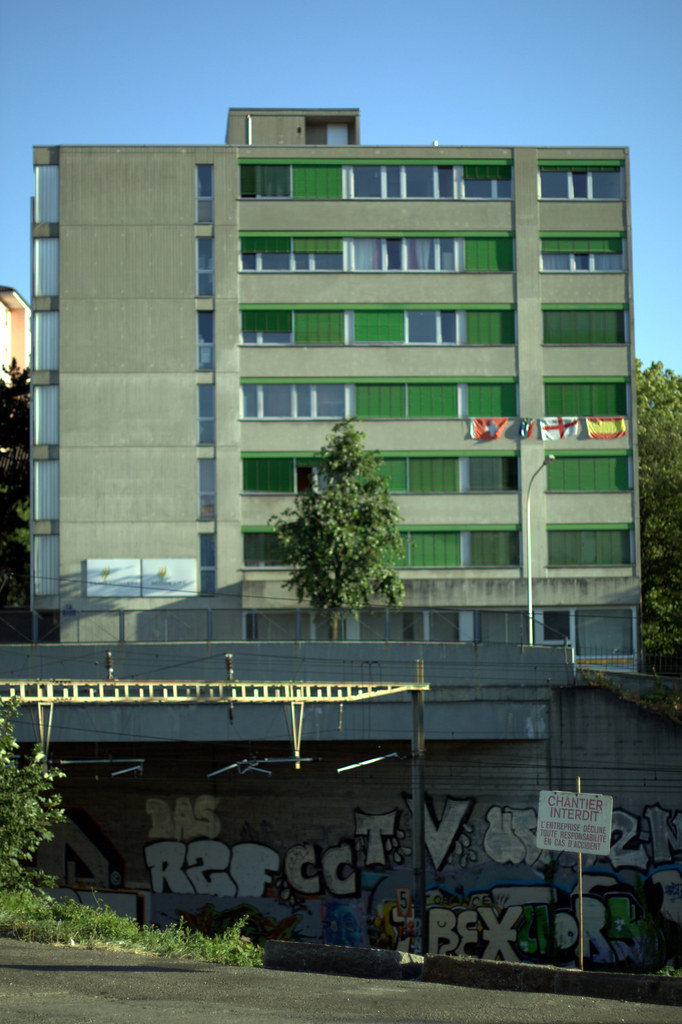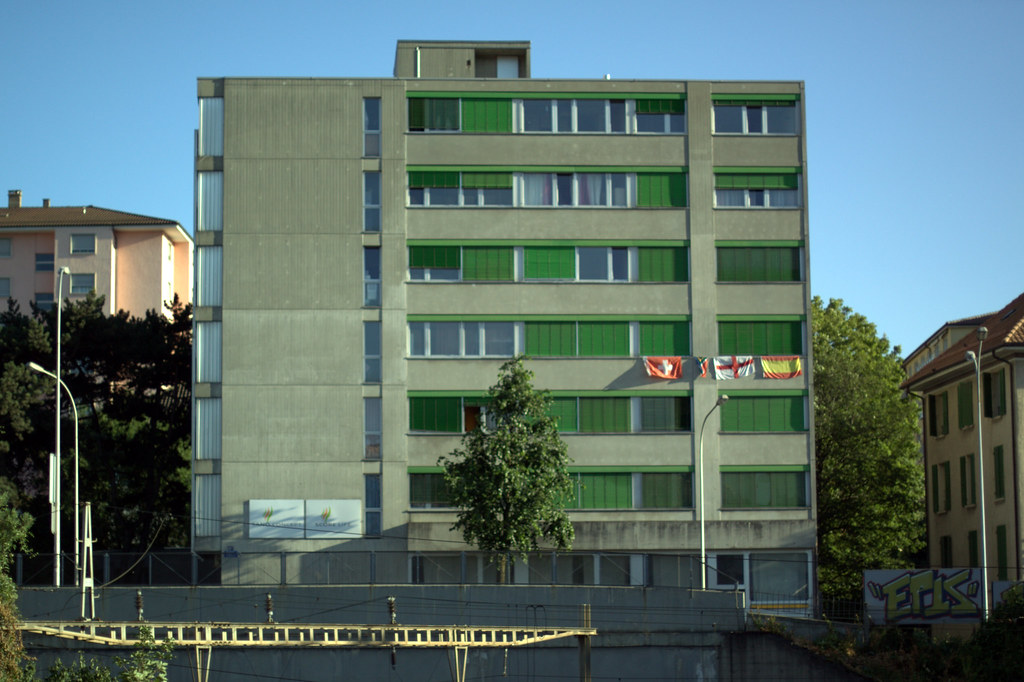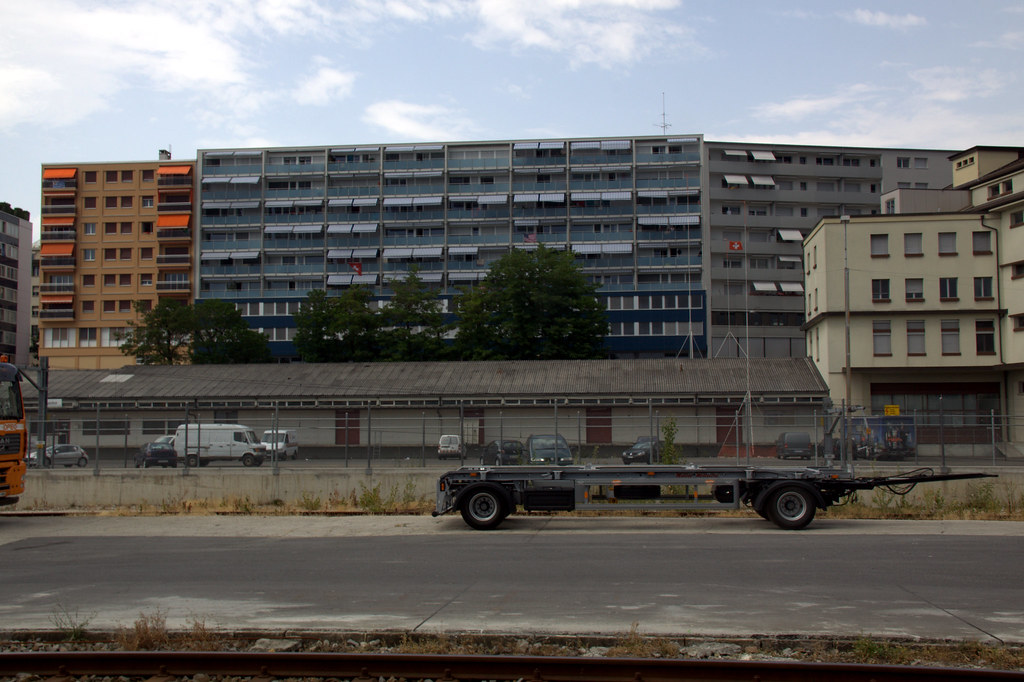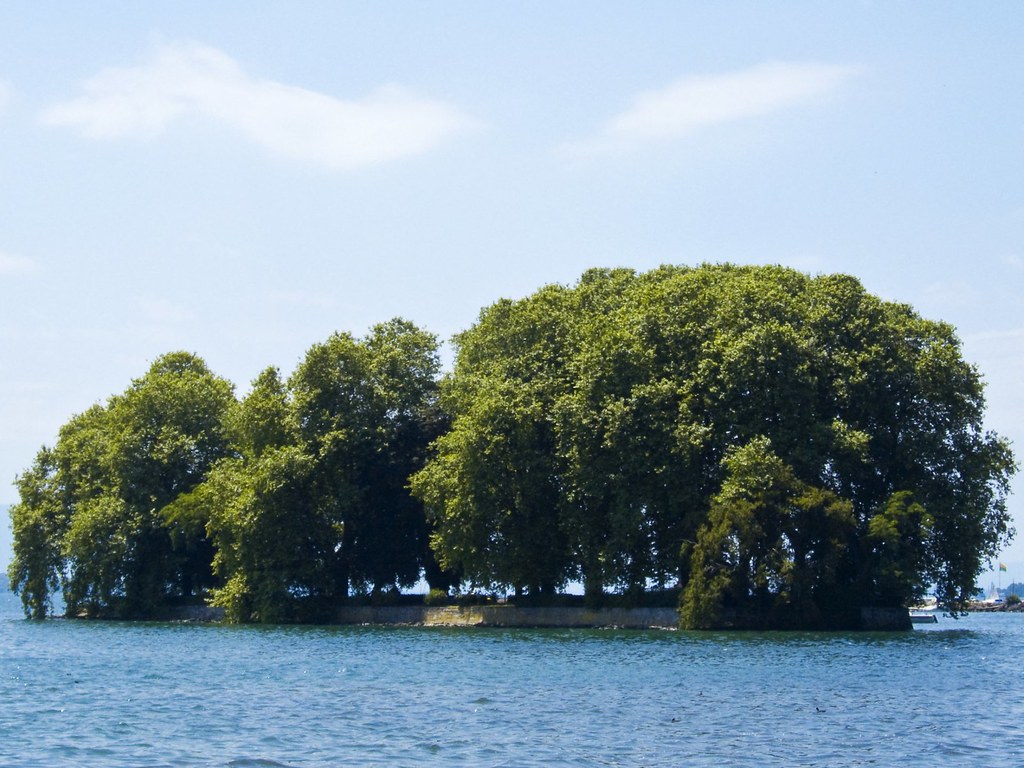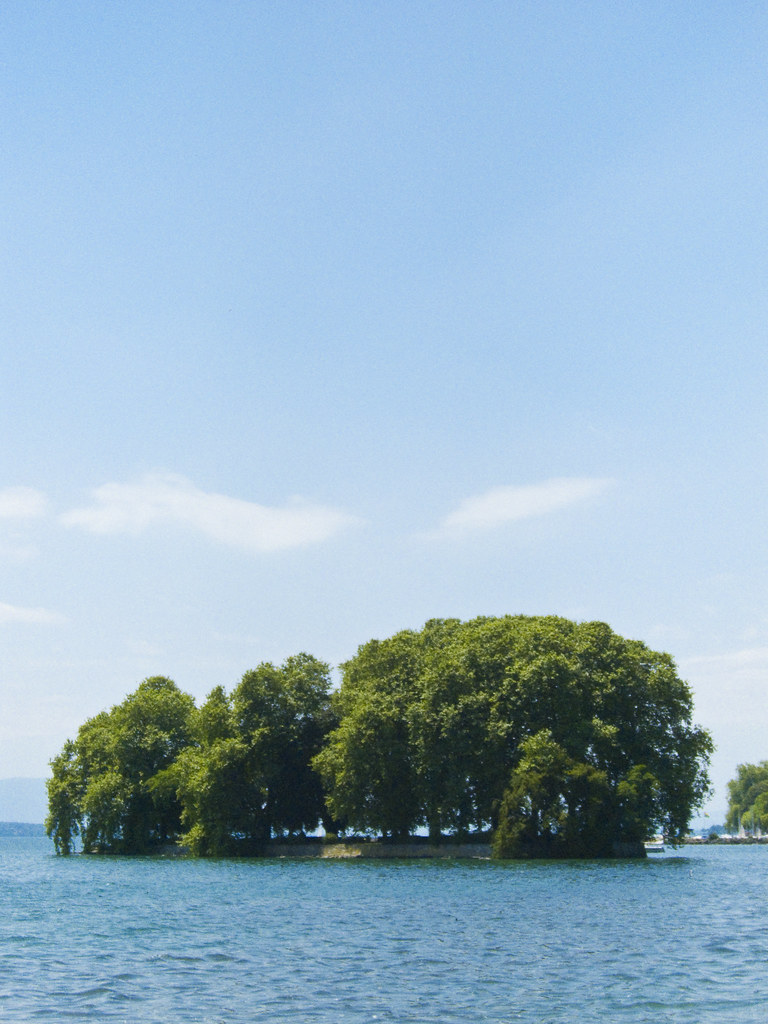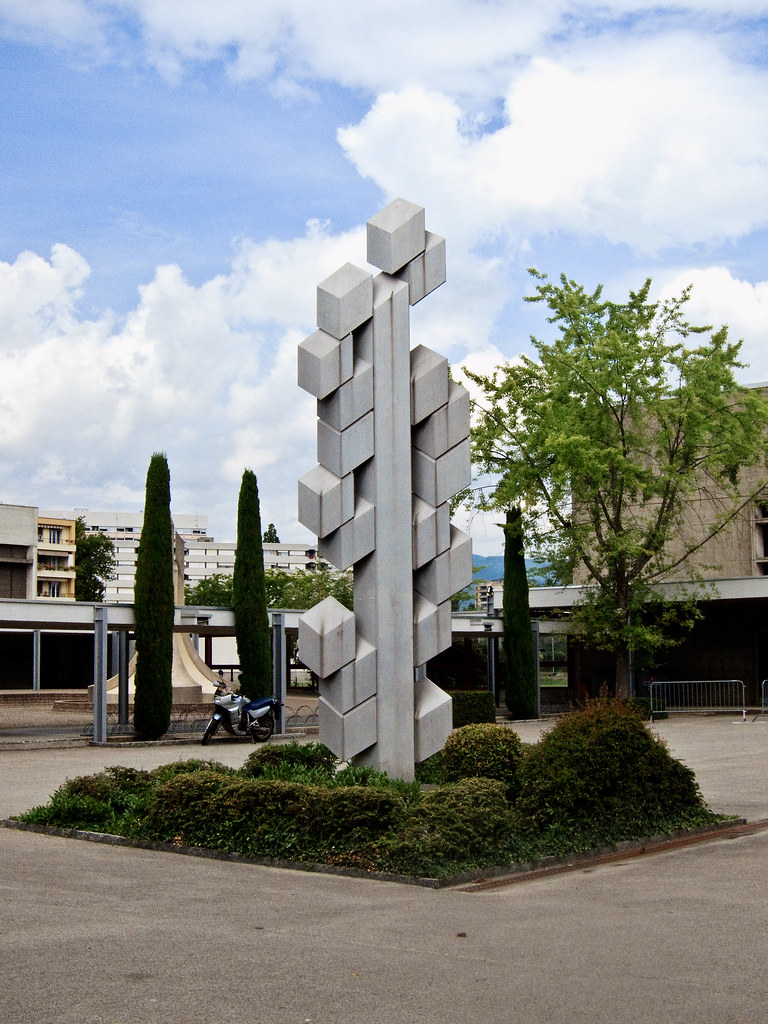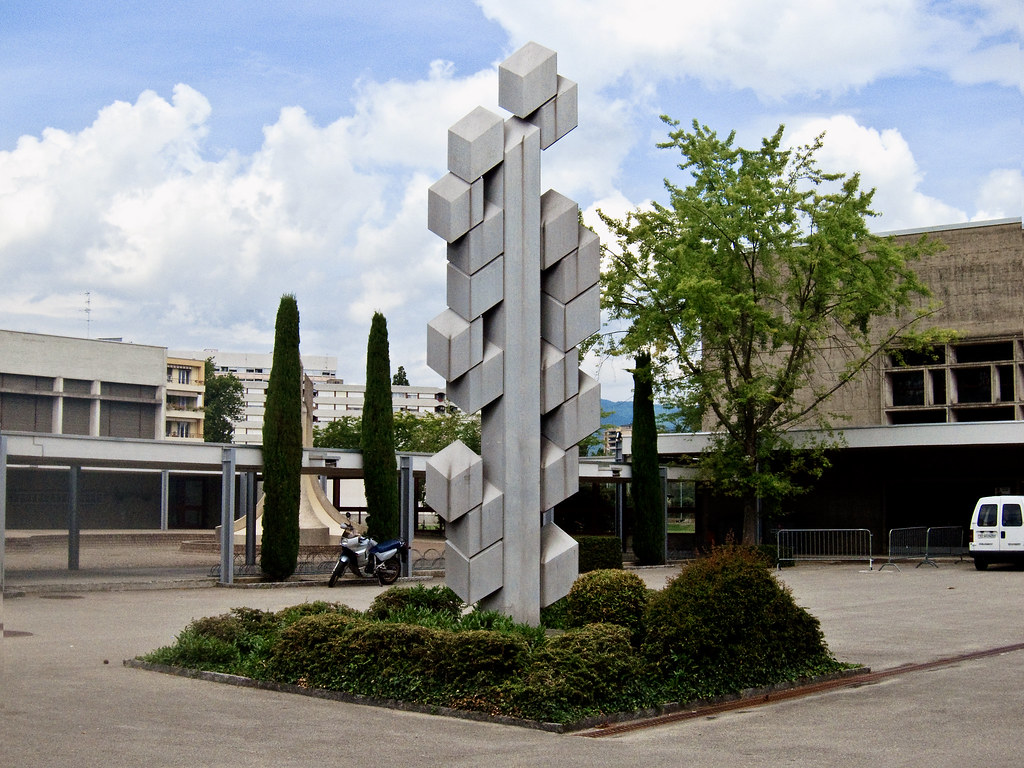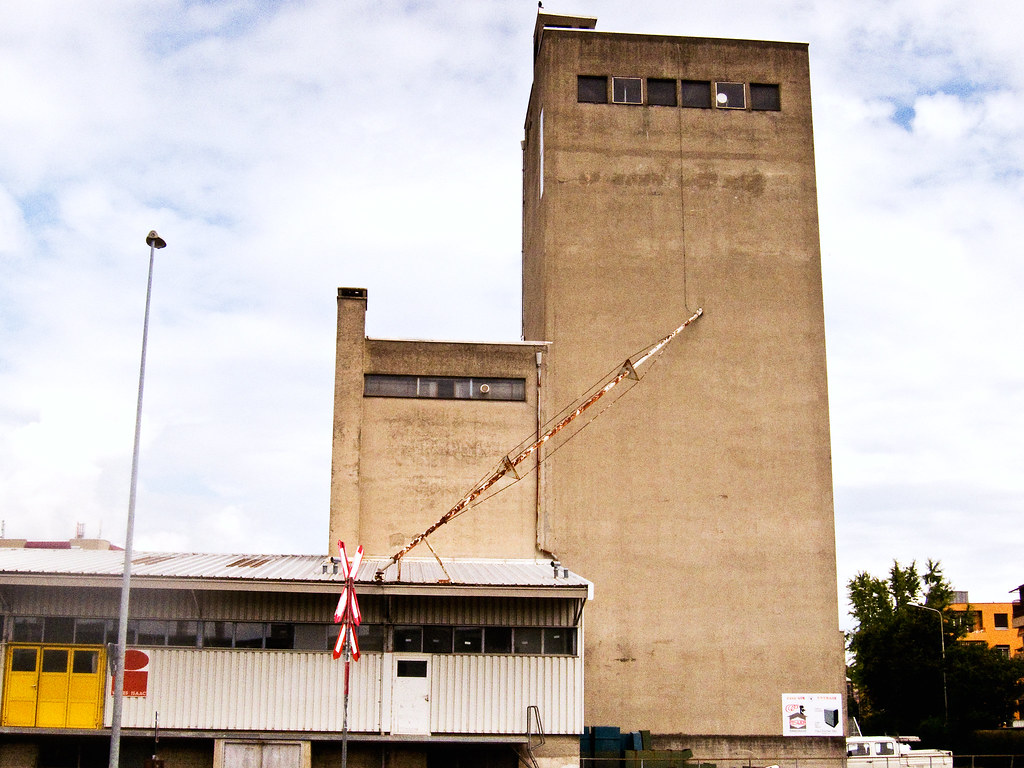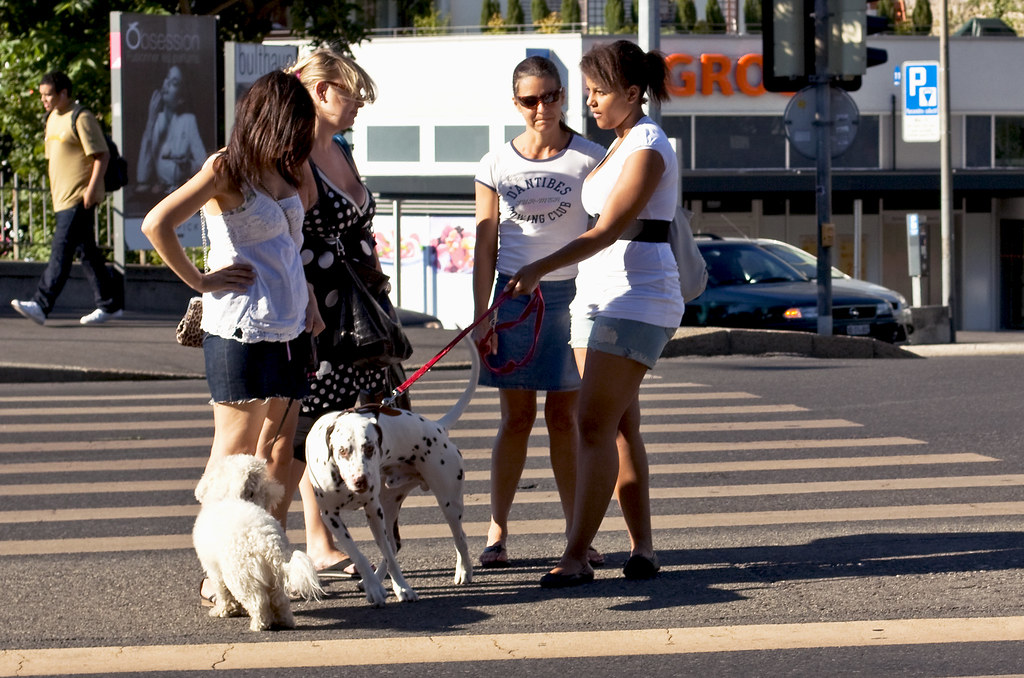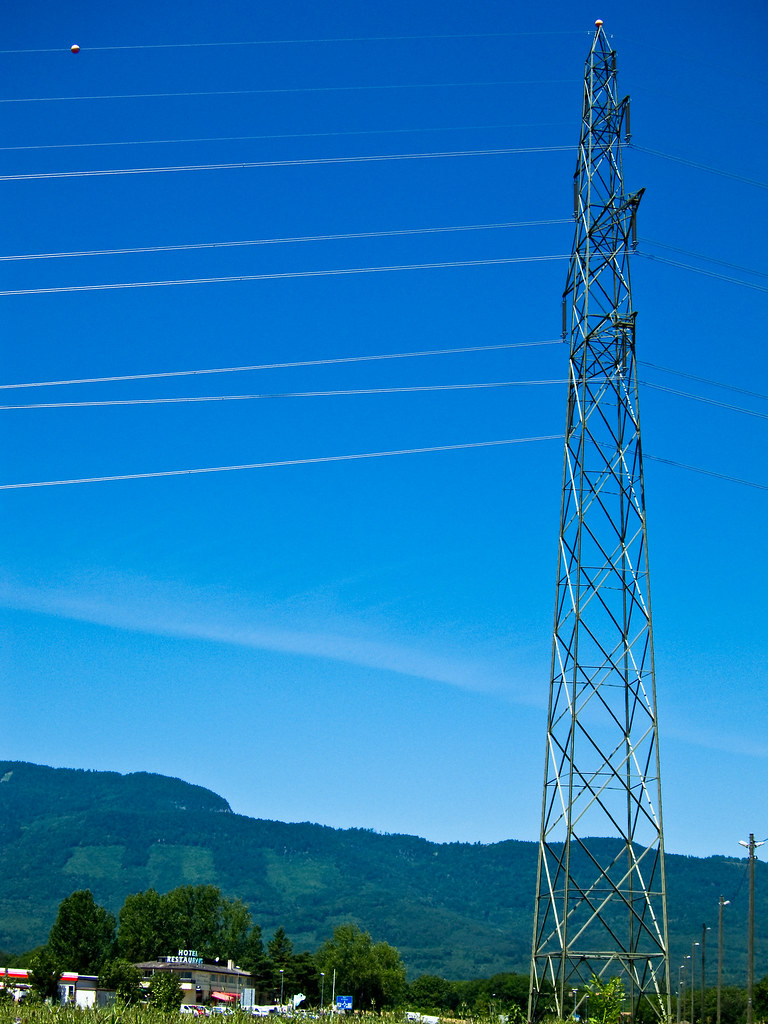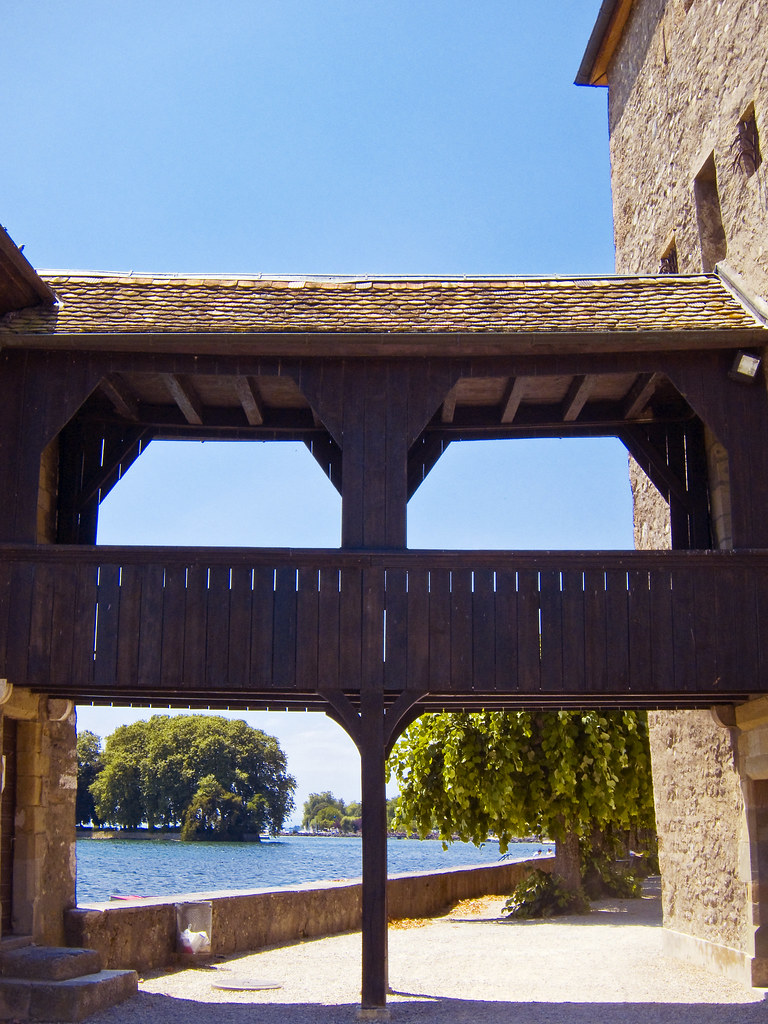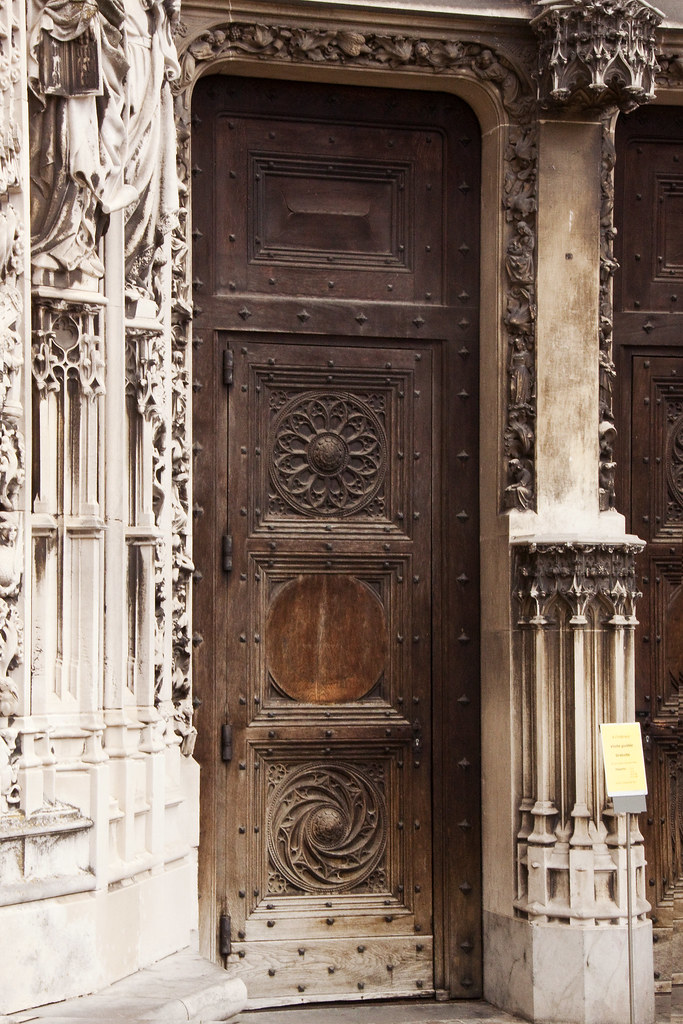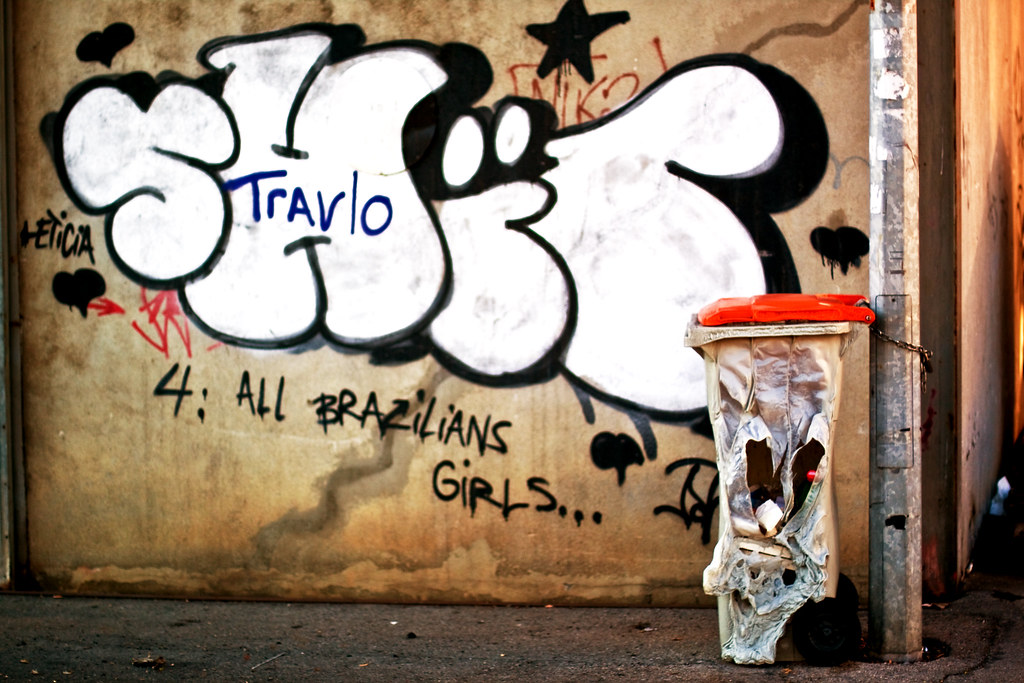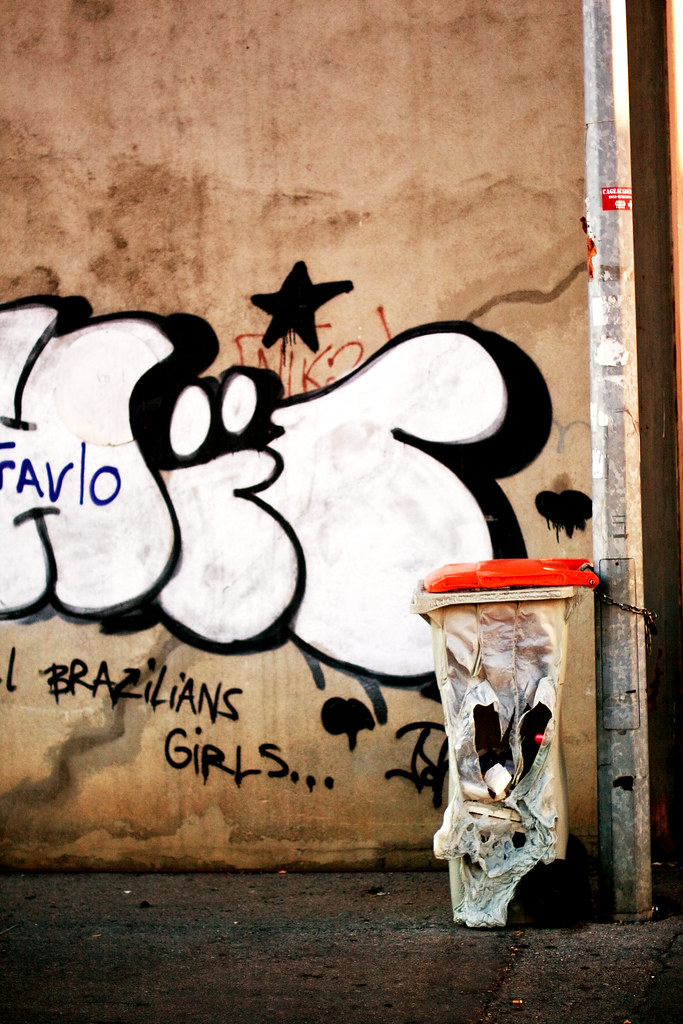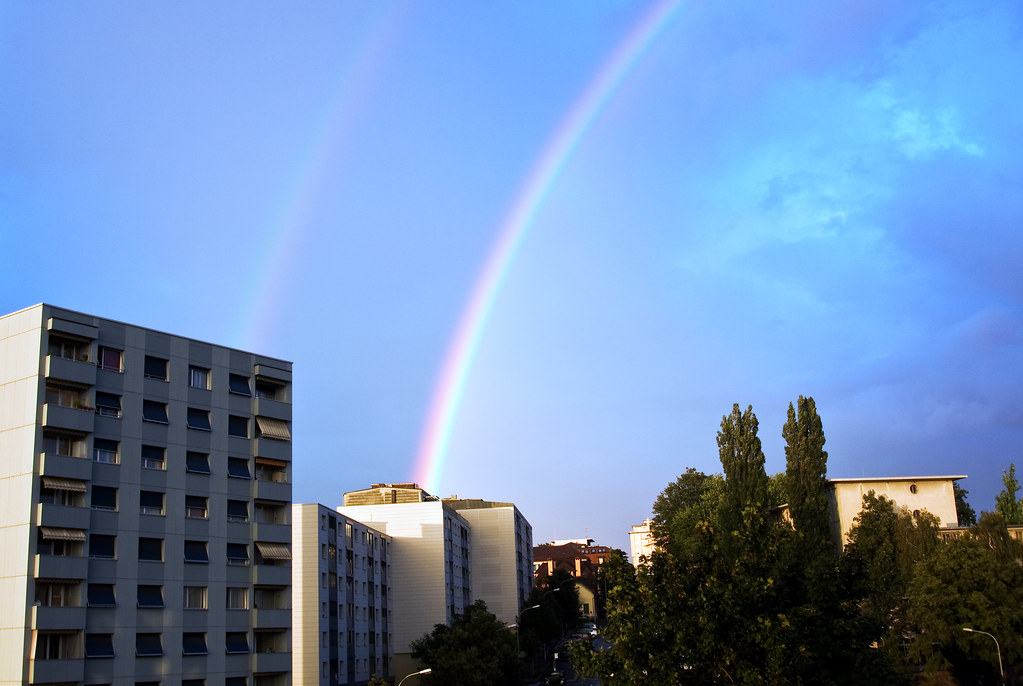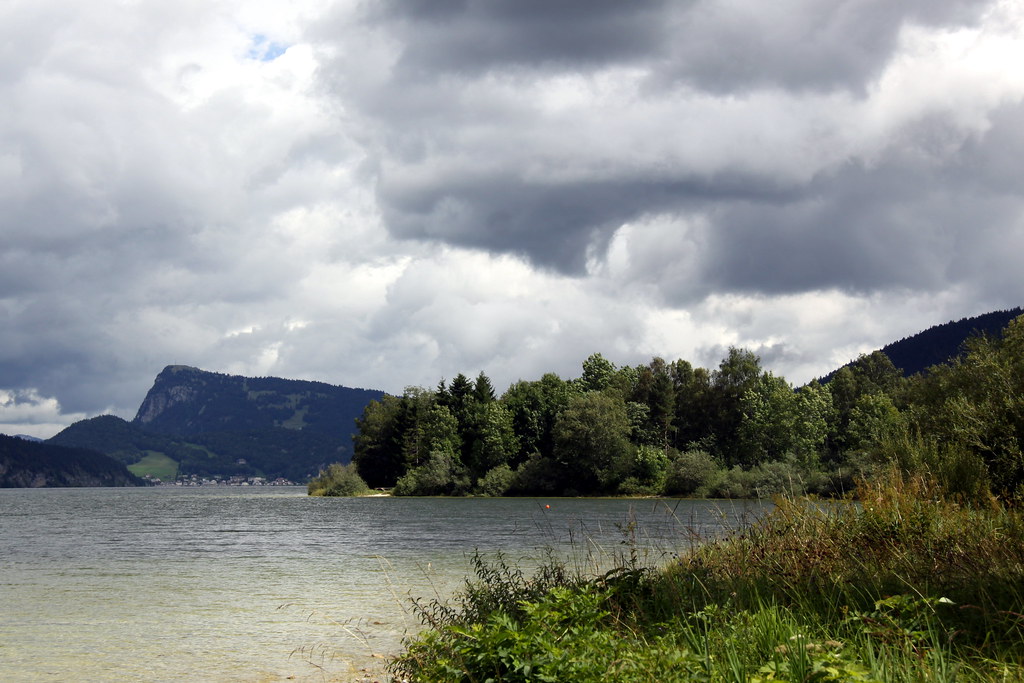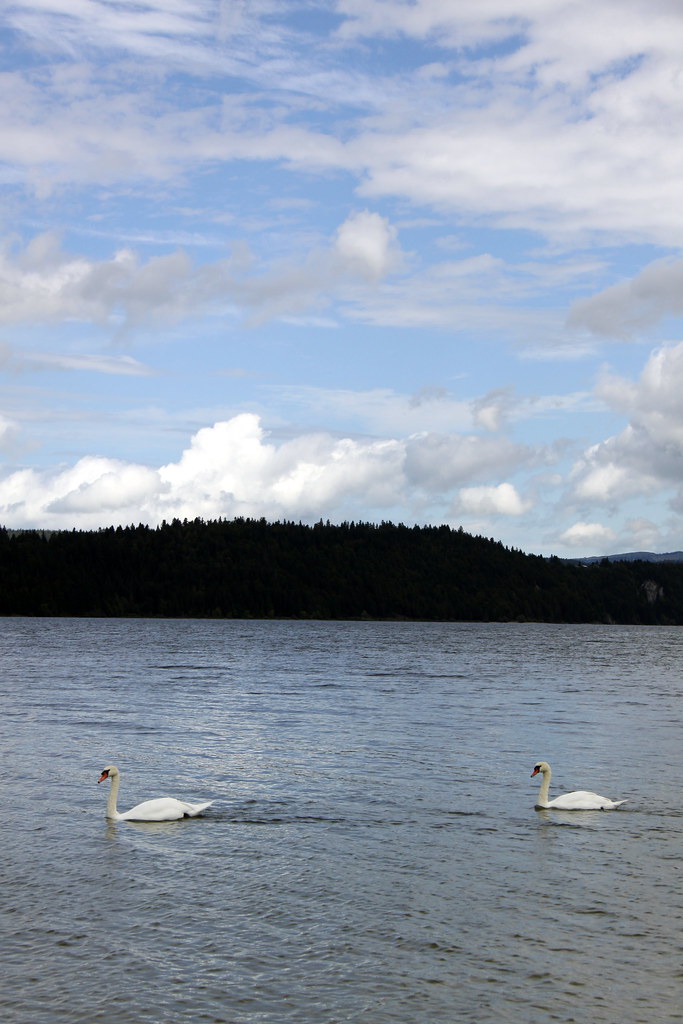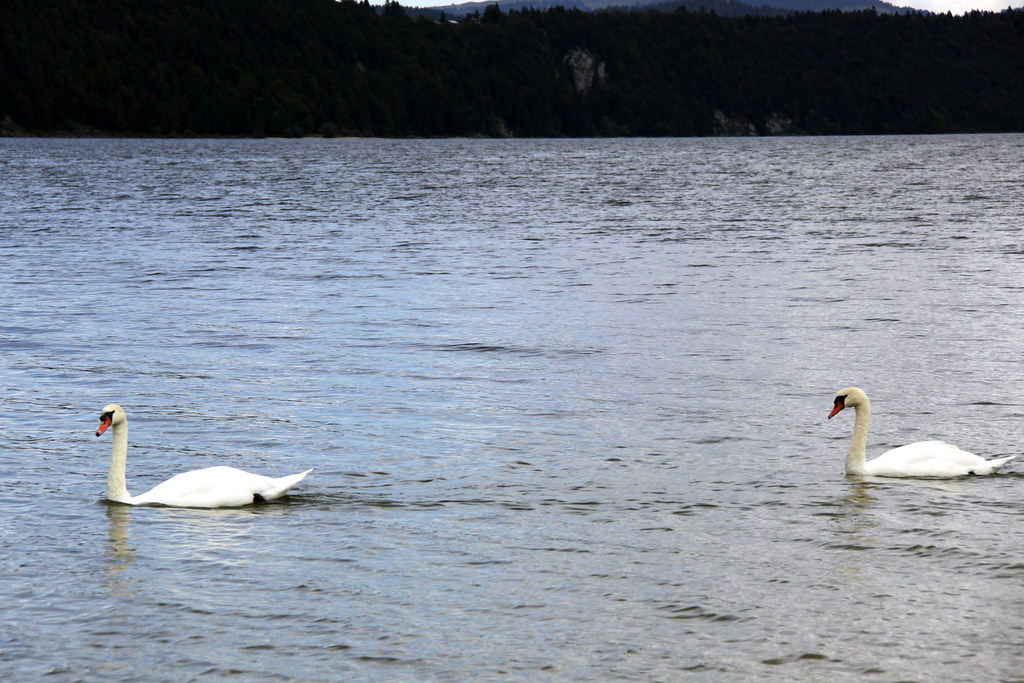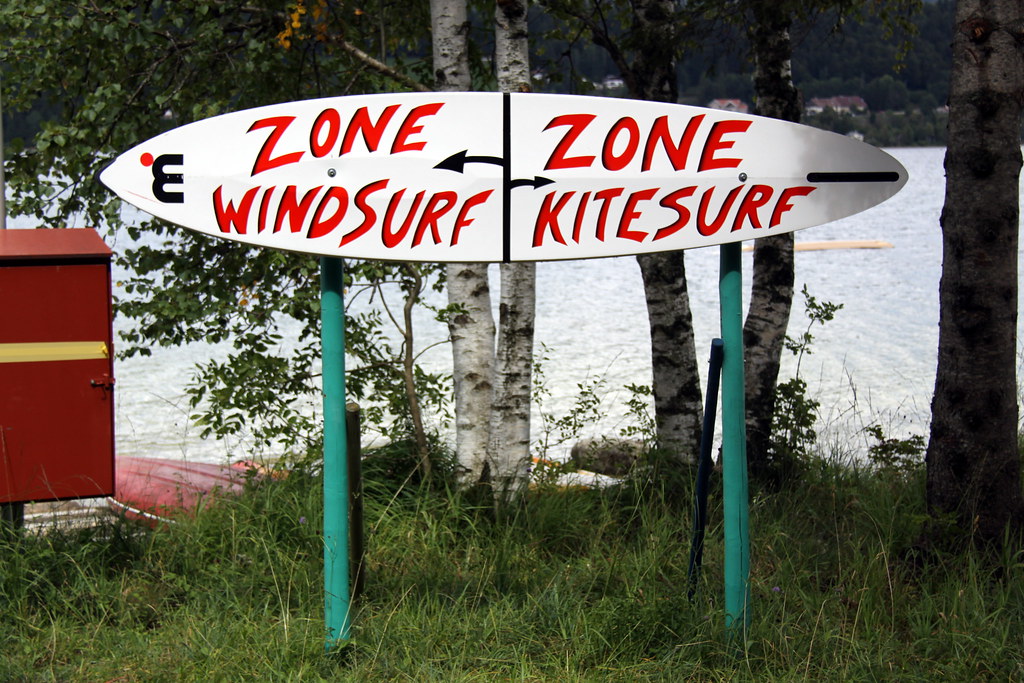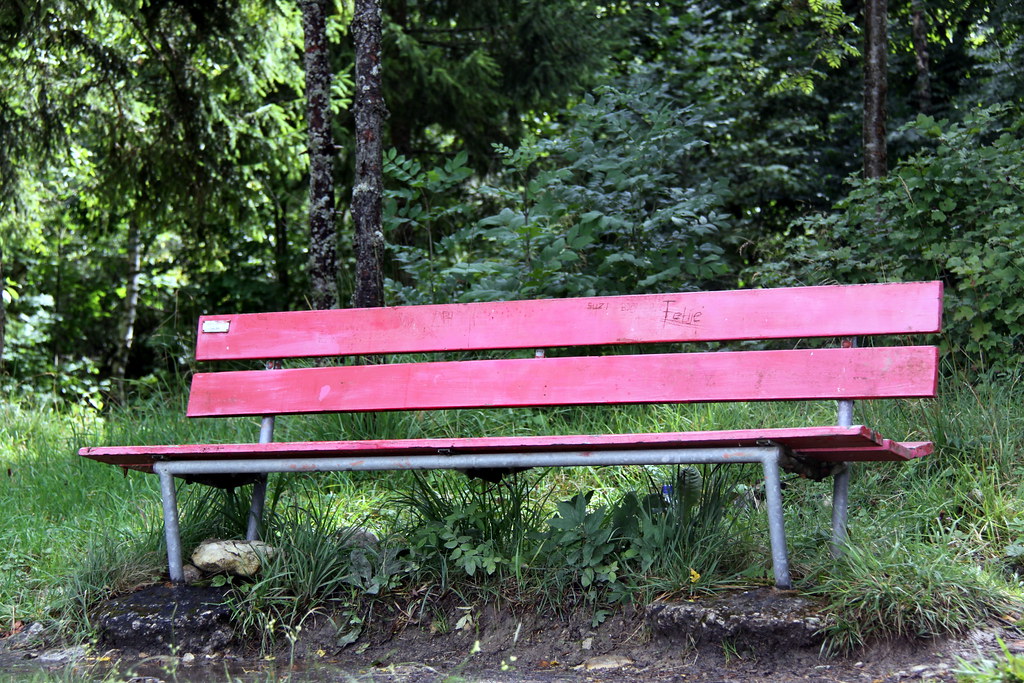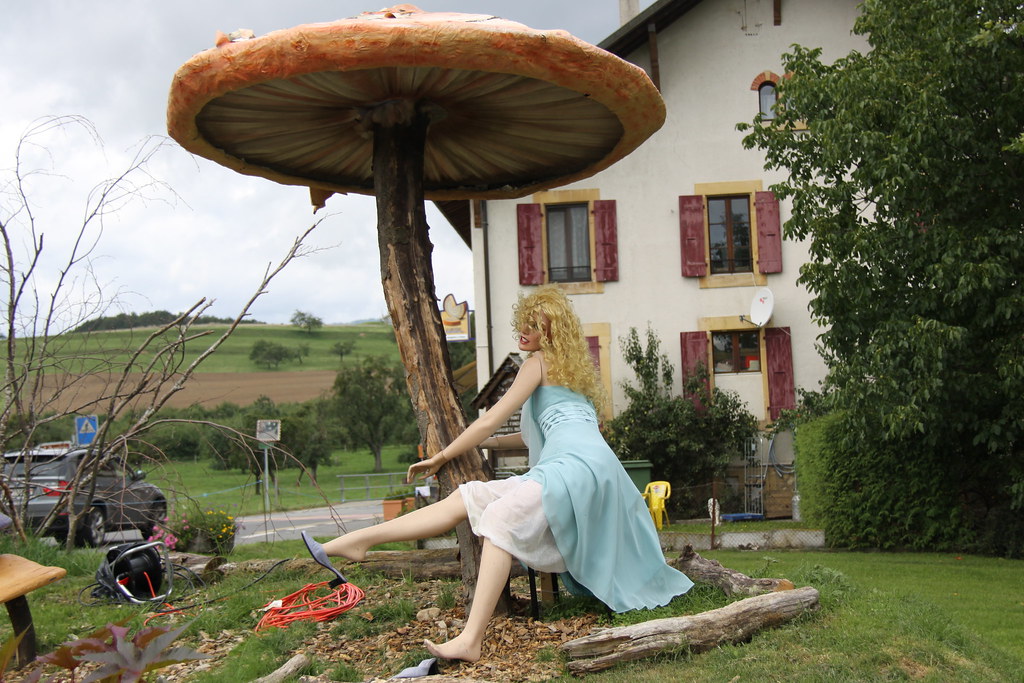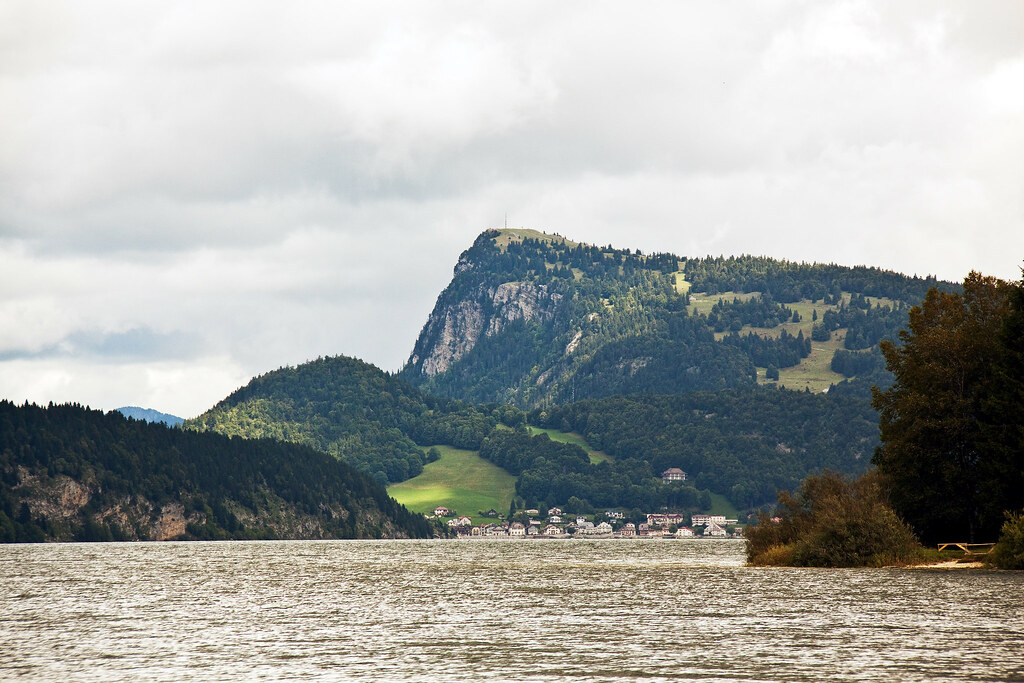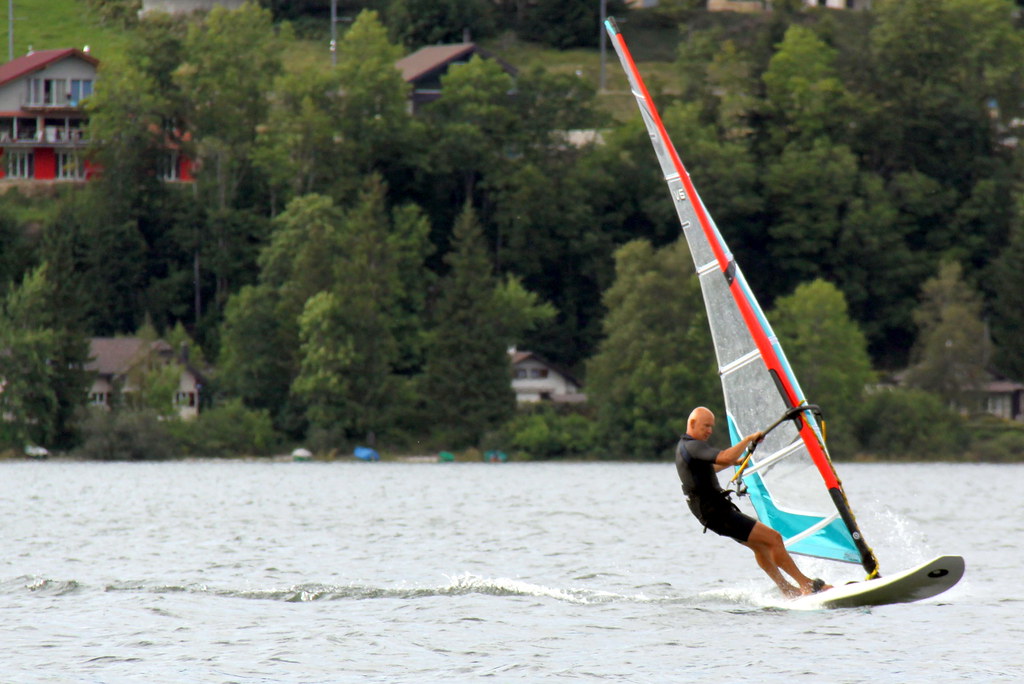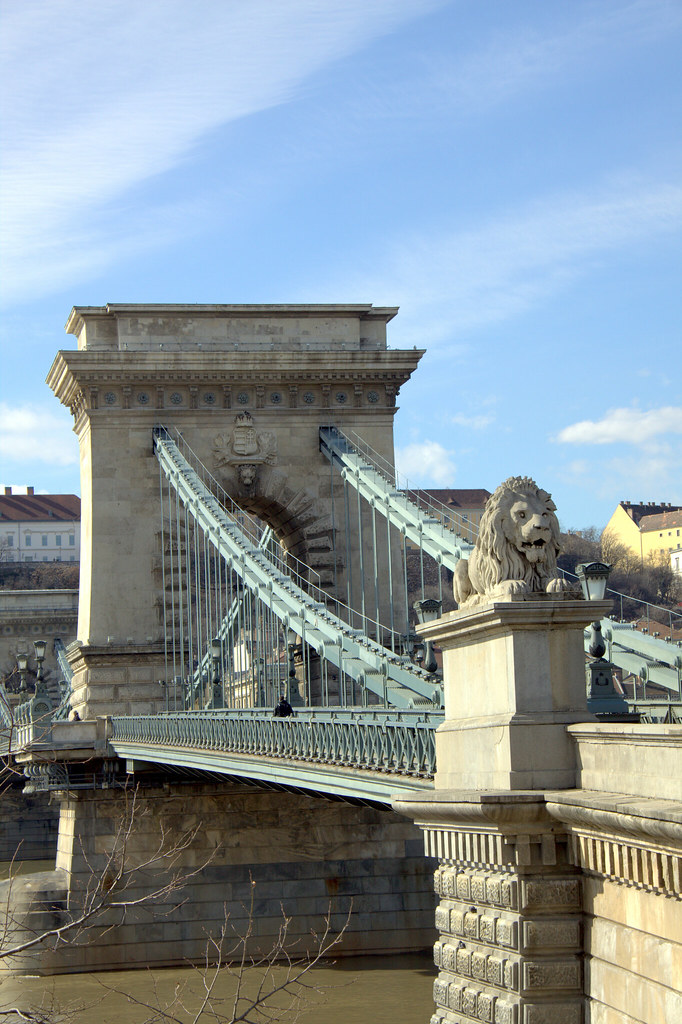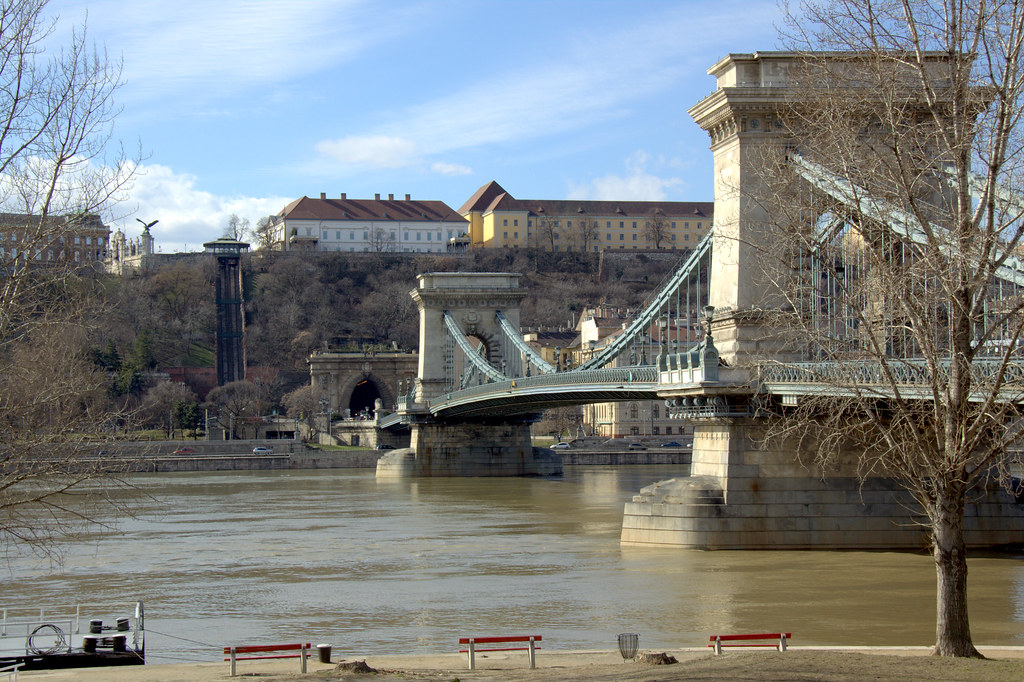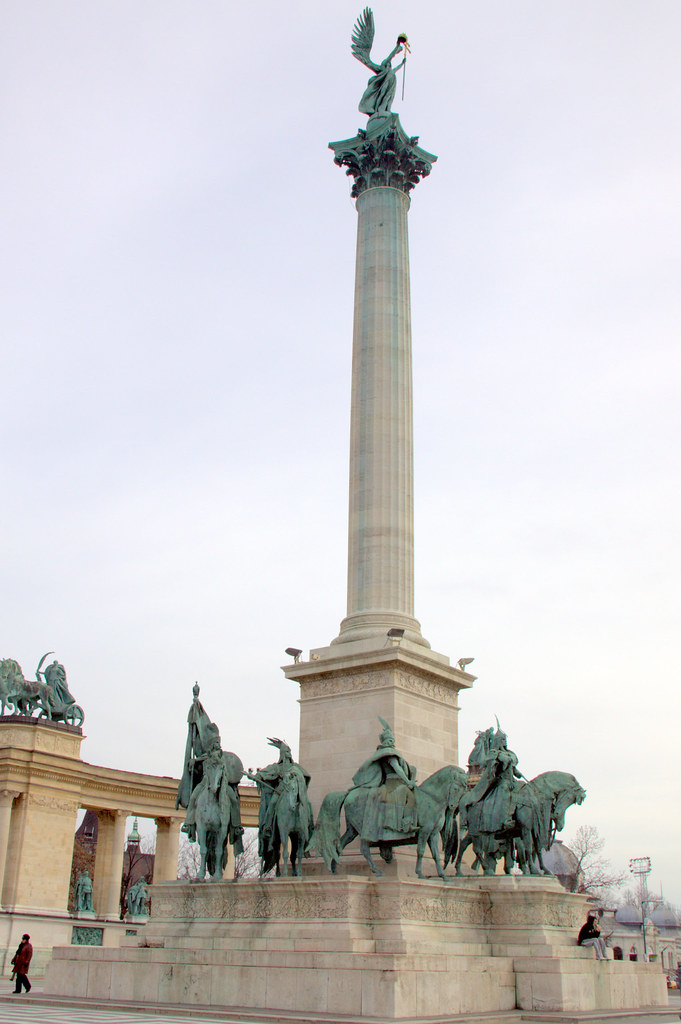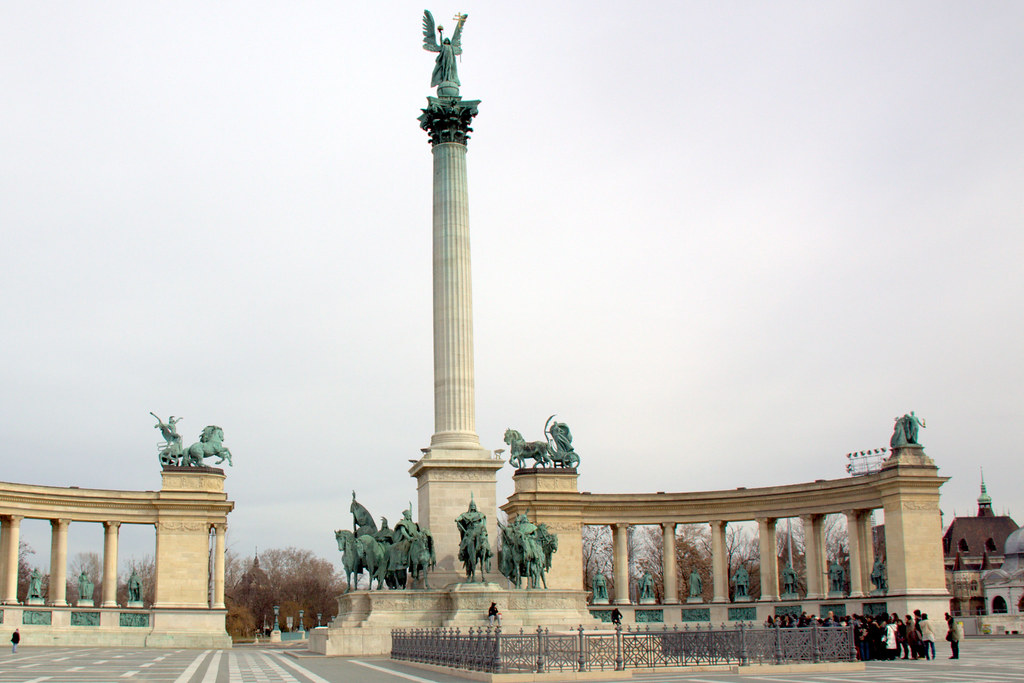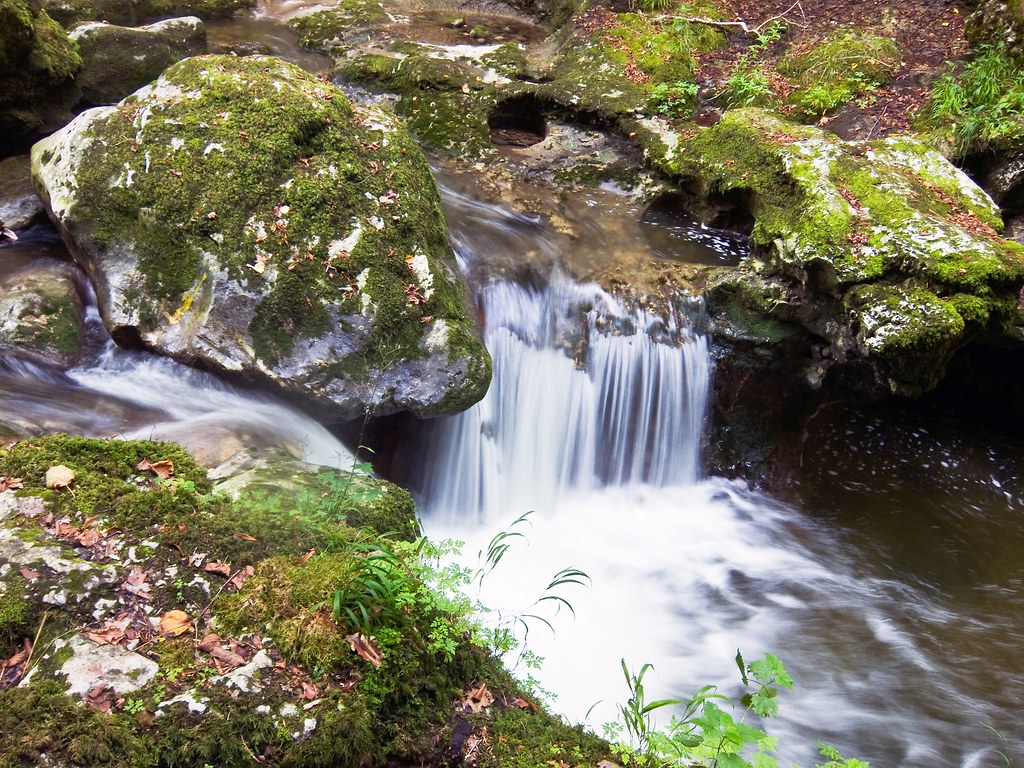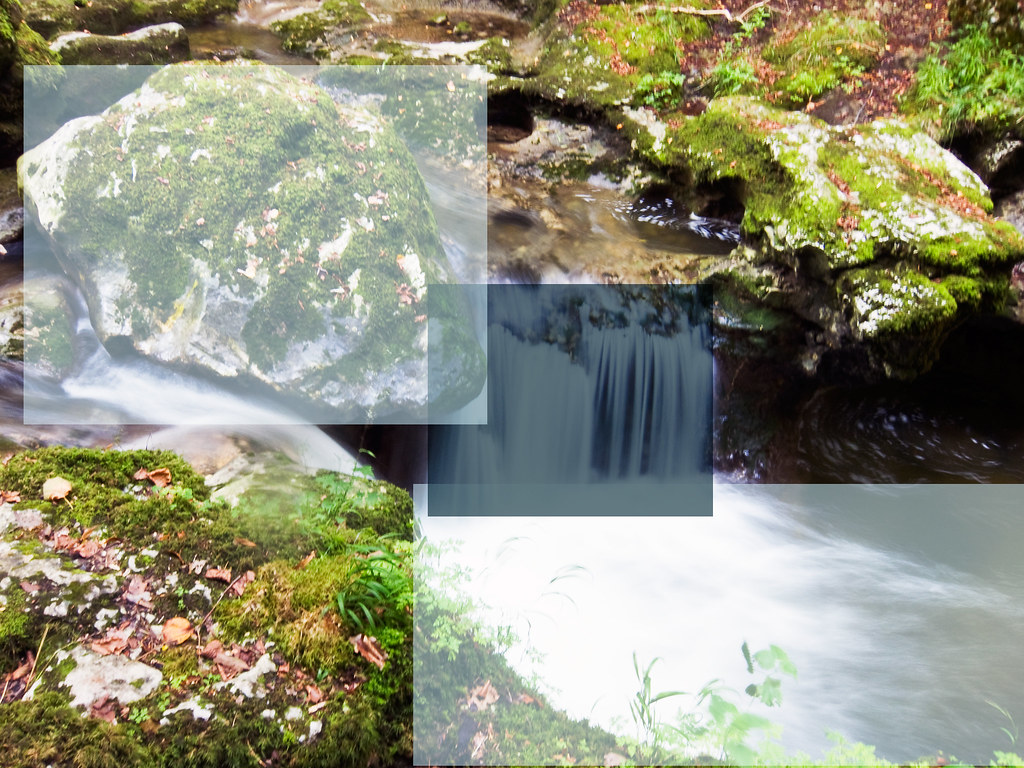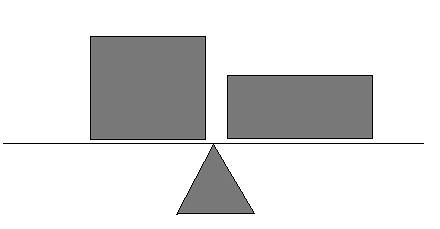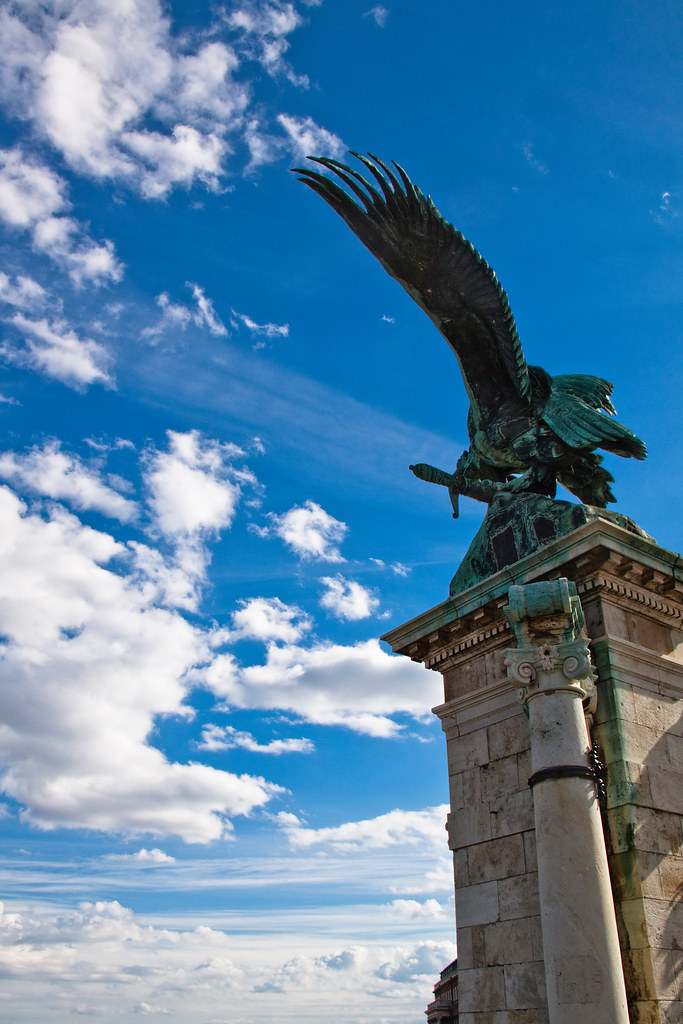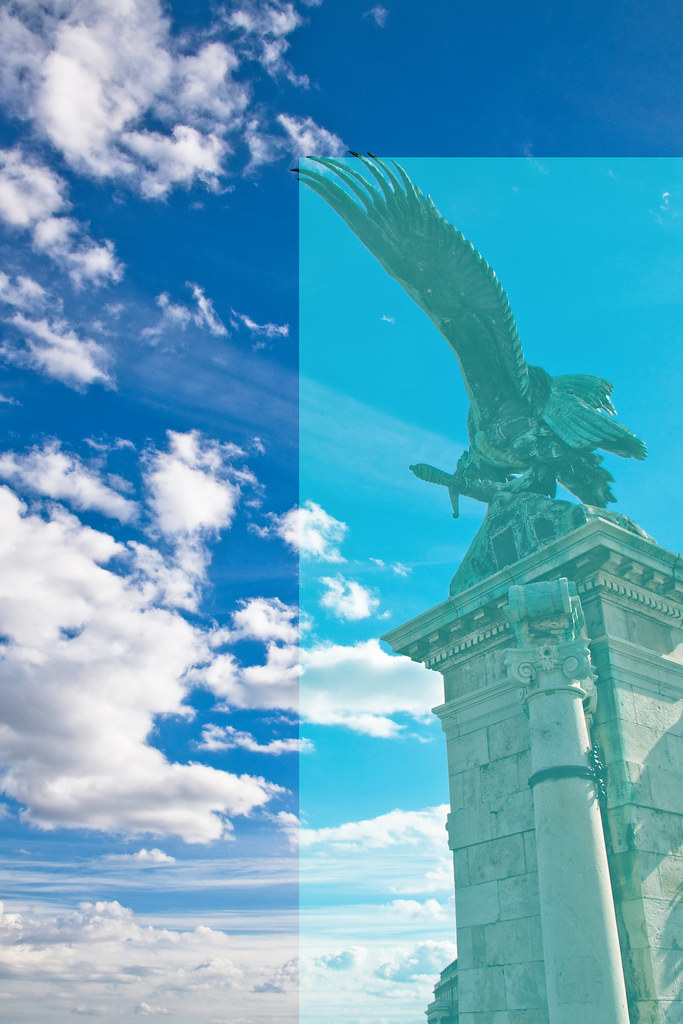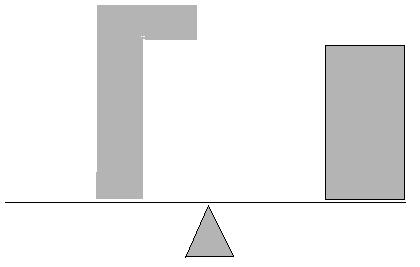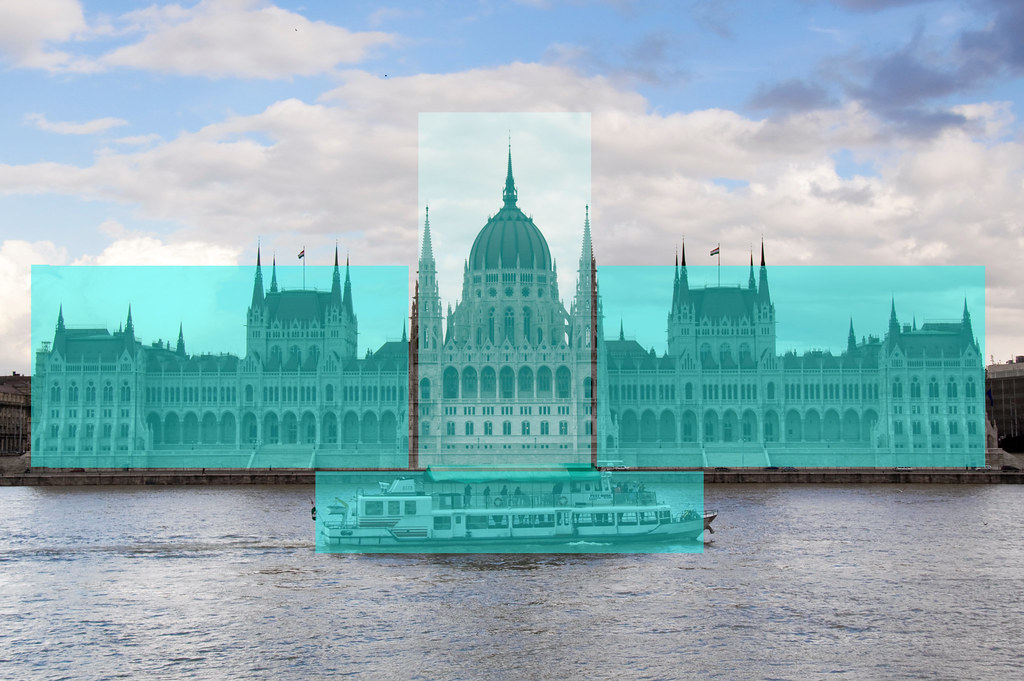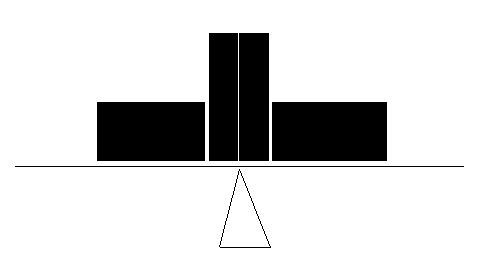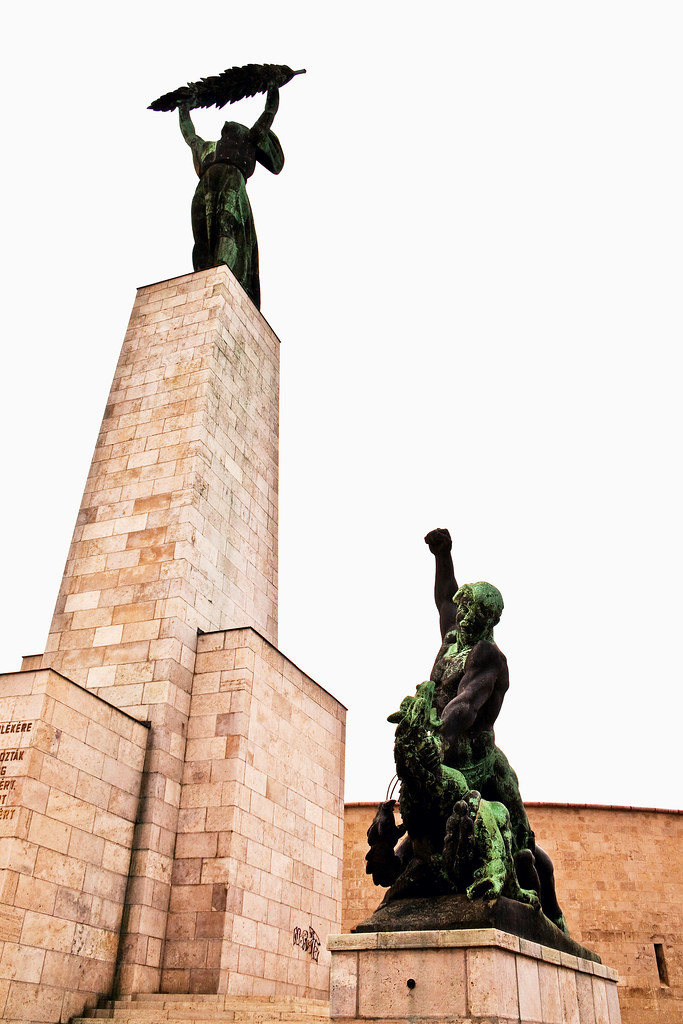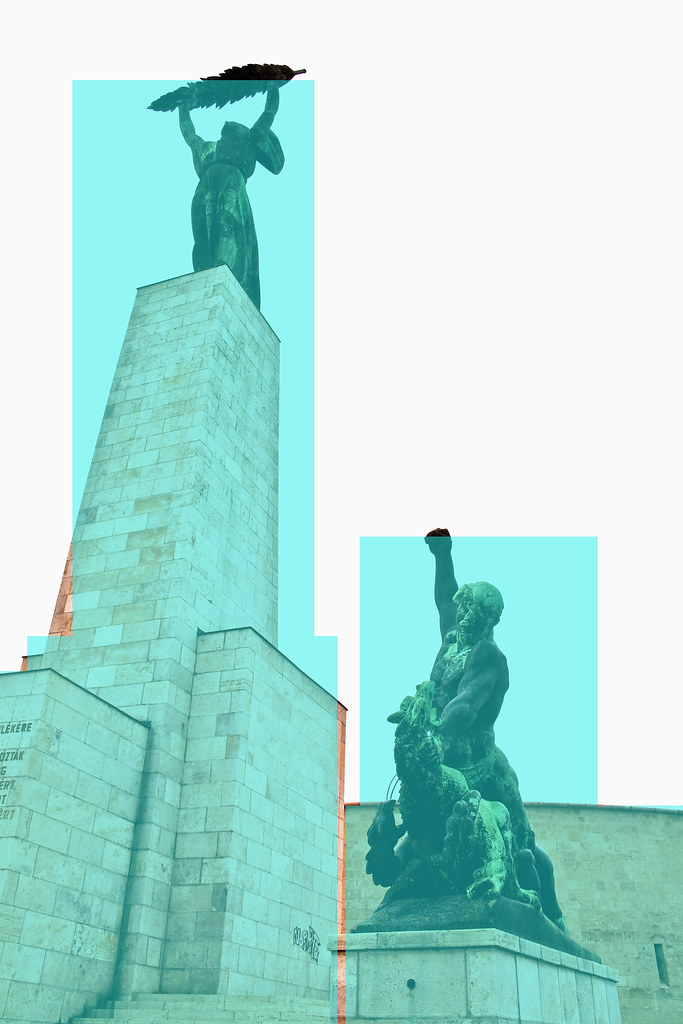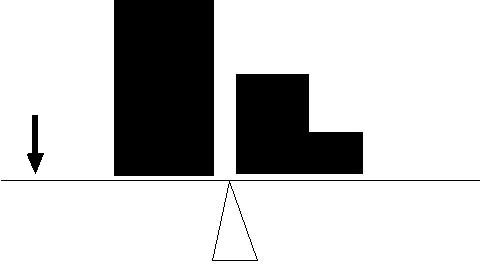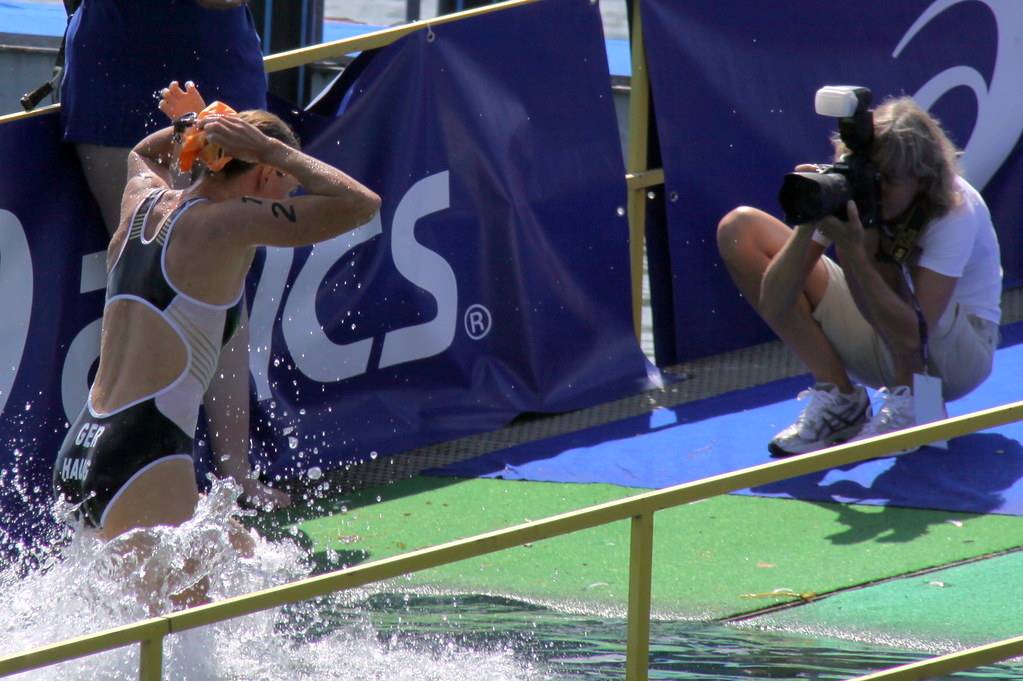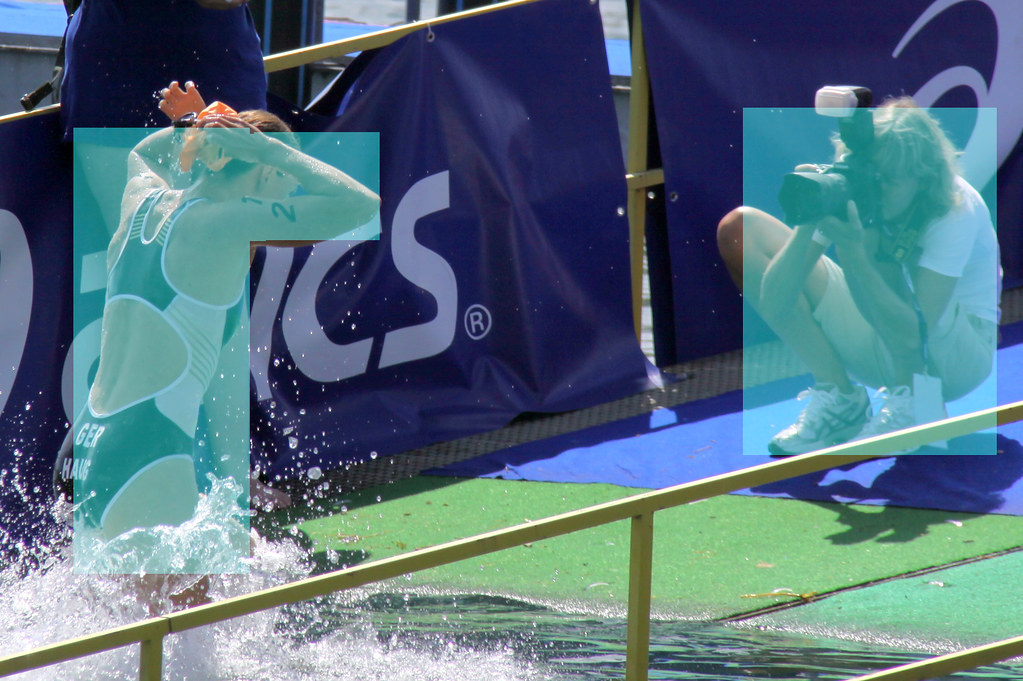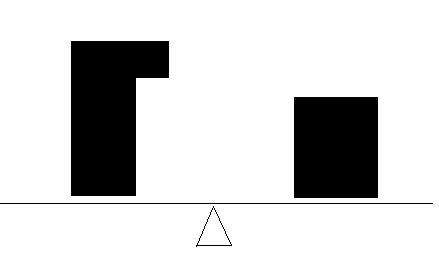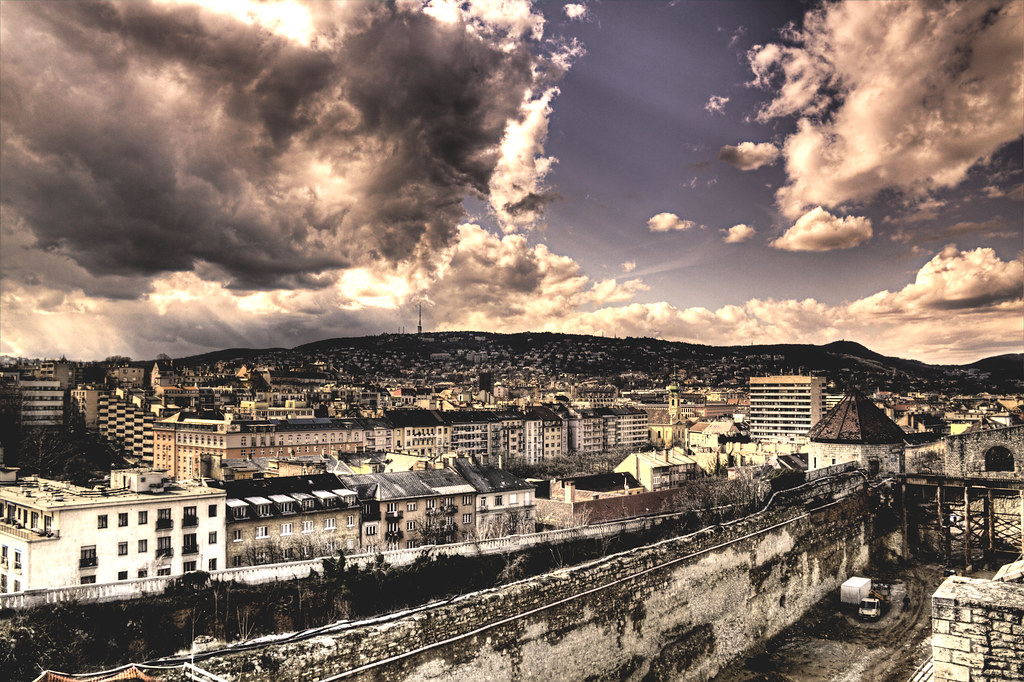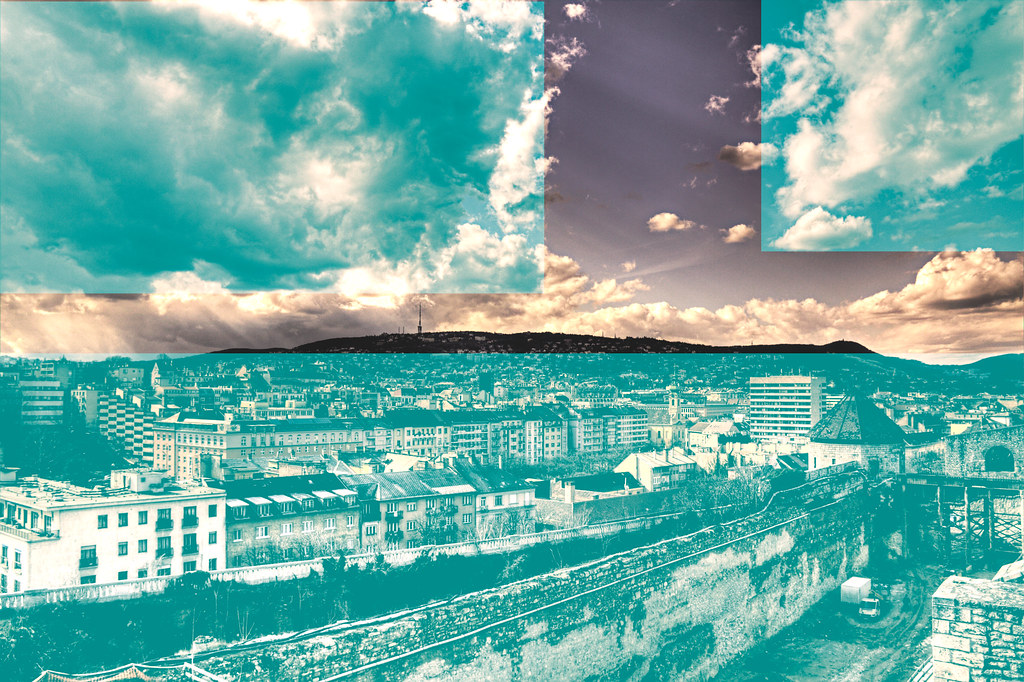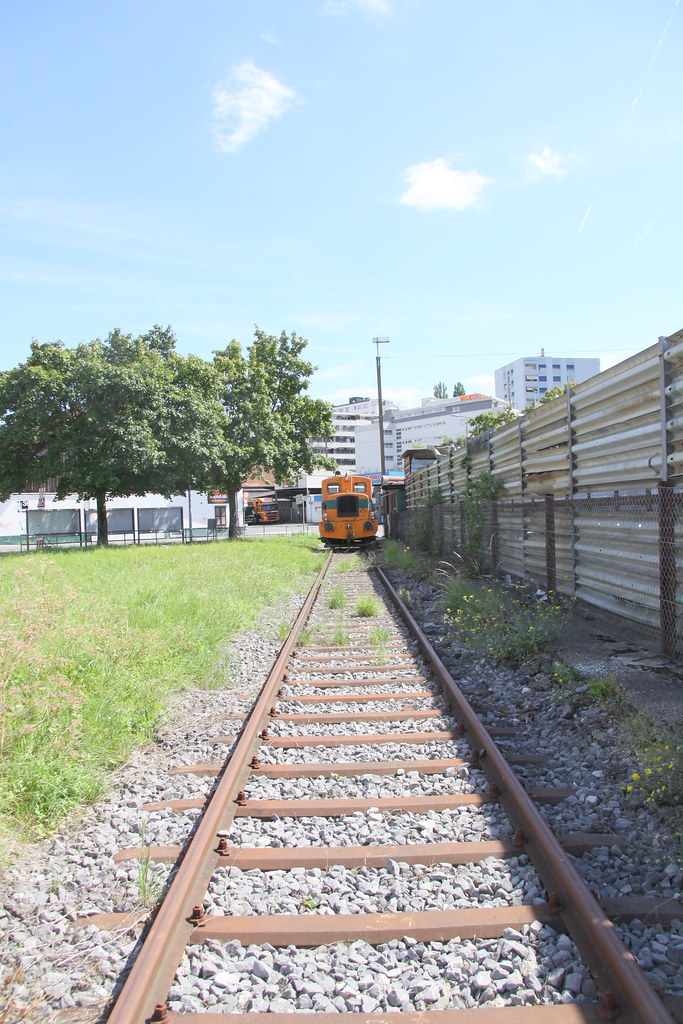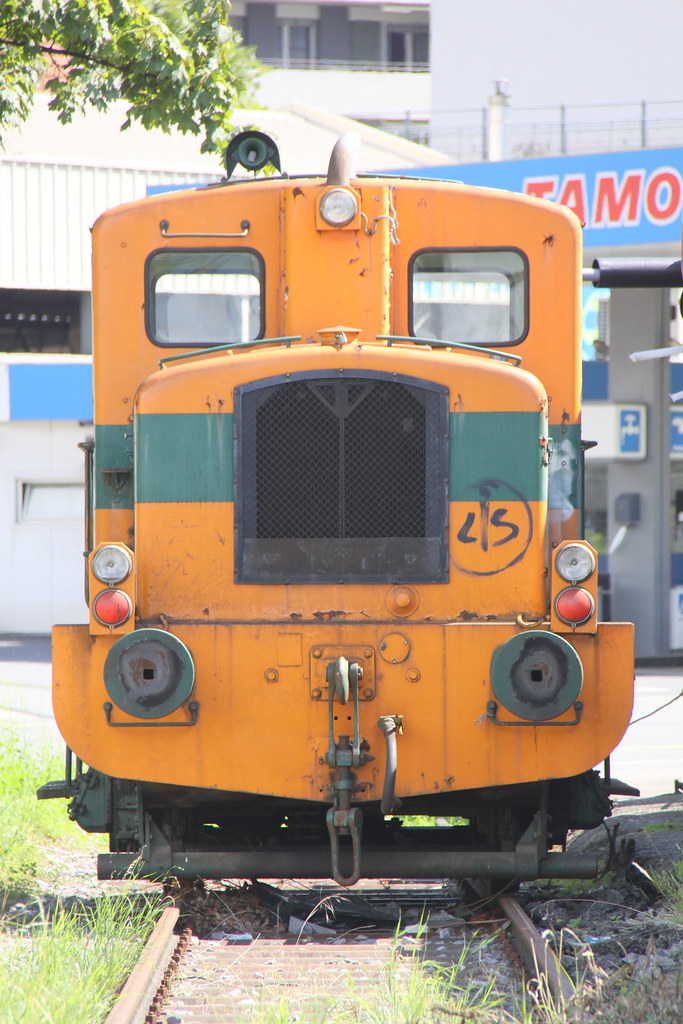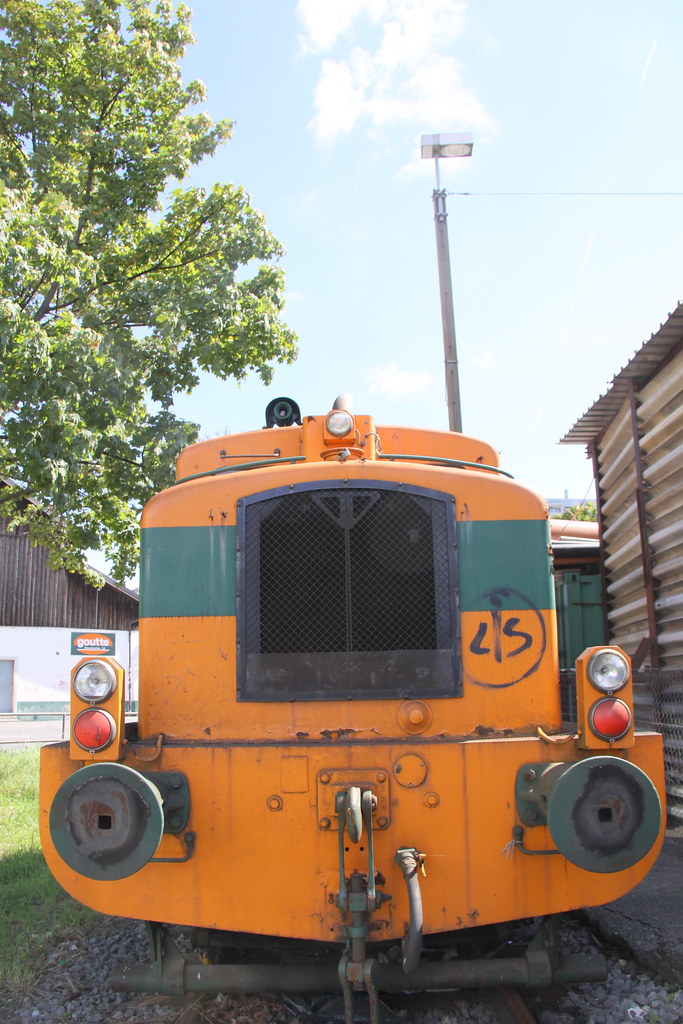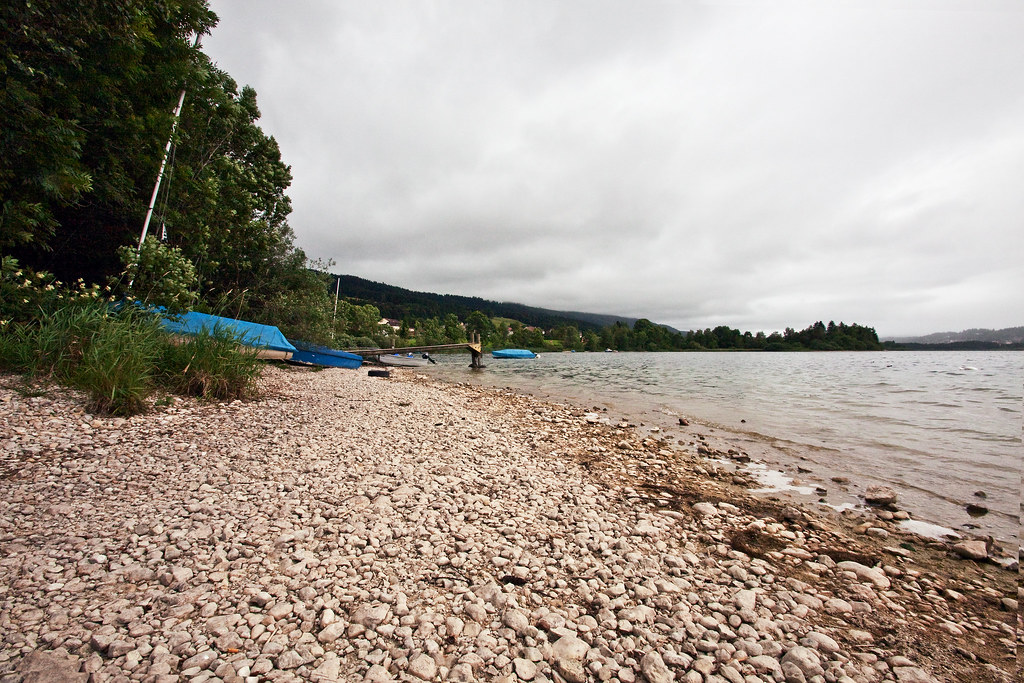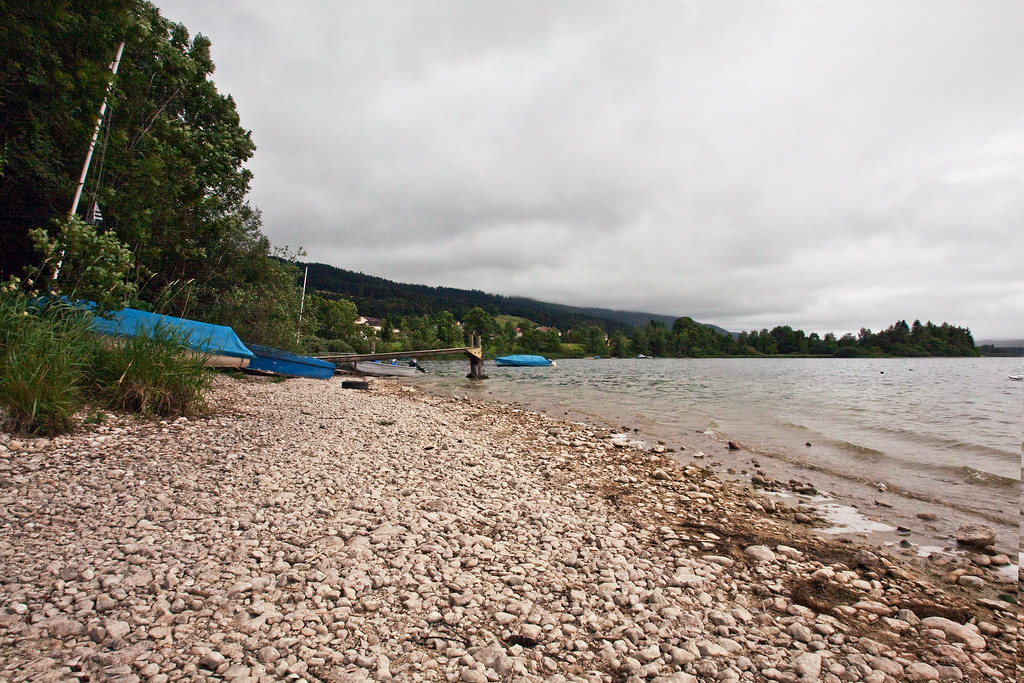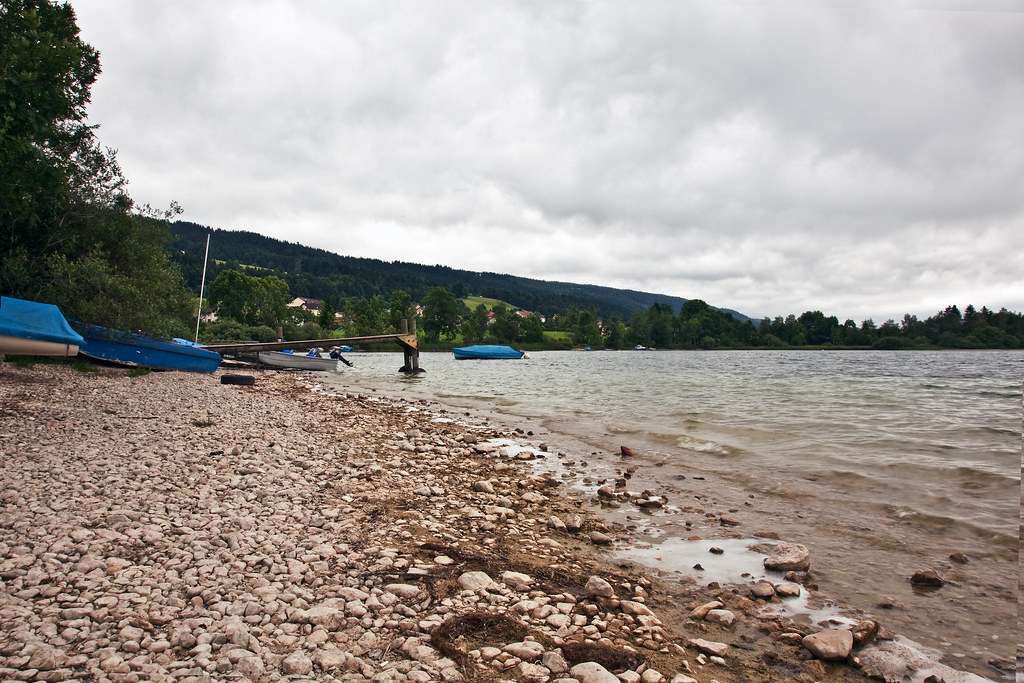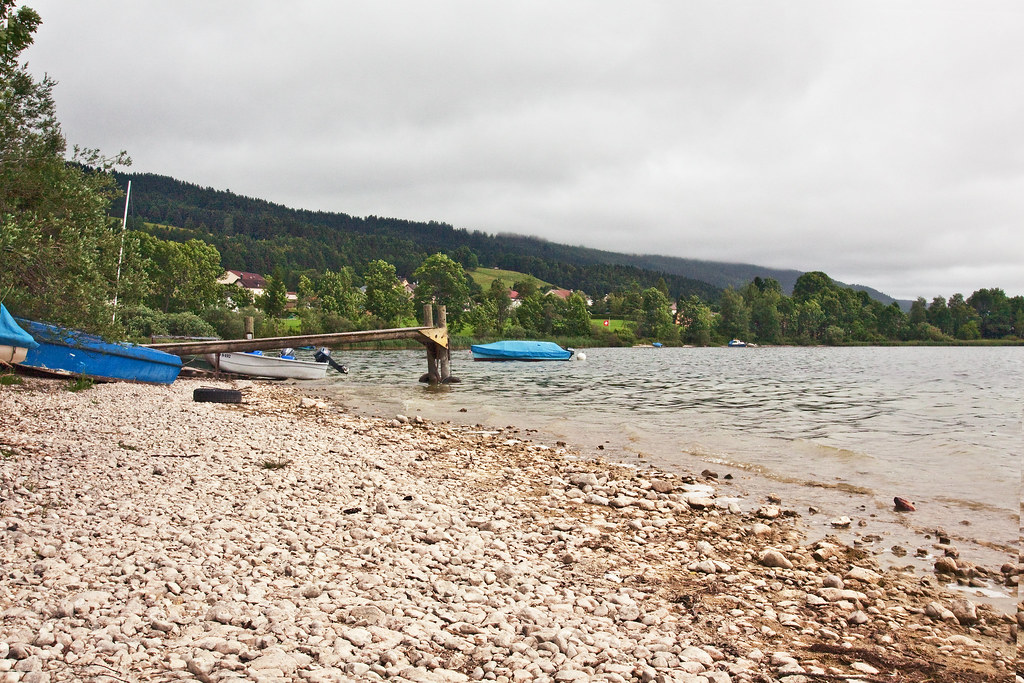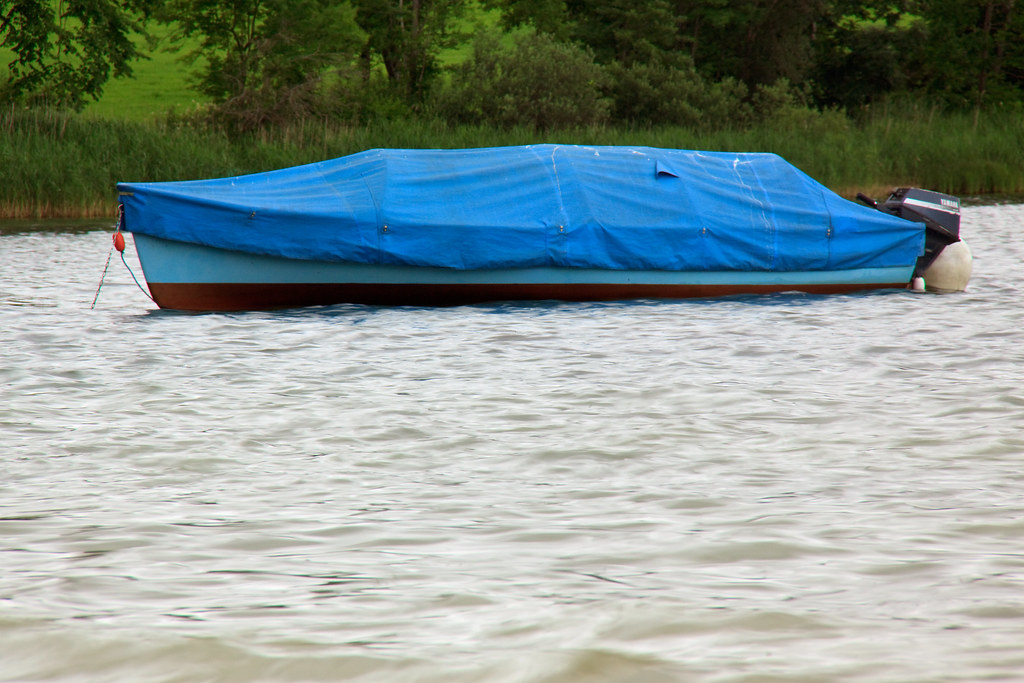This exercise is about comparing the effect of choosing a vertical frame versus a horizontal one. I will comment on what works best to me on each pair.
The vertical frame works best here, having the building tight to the edges of the frame makes it more pleasing to my eyes. The building being more high than large might explain this.
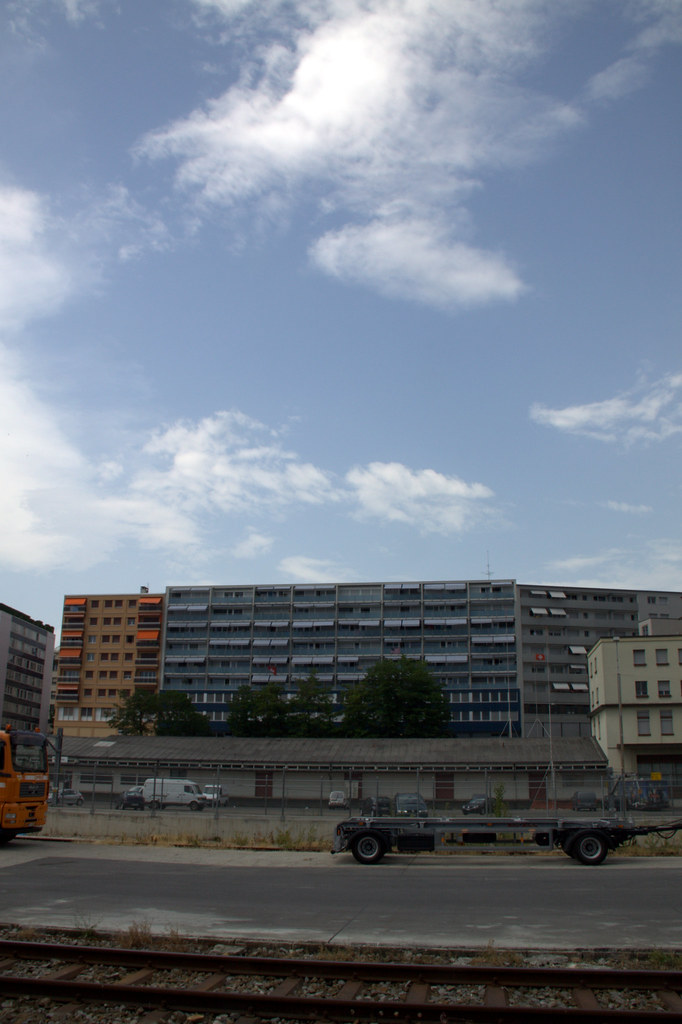
In this case, landscape mode works better. the building being quite large allows it to fill more of the frame. In the vertical frame the sky covers most of the frame but doesn't add anything of interest.
The vertical frame works better in this case. Portrait mode adds more effect to this unusual scene of trees surrounded by water. I can notice I have naturally positioned the trees at the bottom of the frame.
This one seems to be work best with the vertical frame. What is interesting here is I am not sure if I would have framed it in a vertical frame if it wasn't for this exercise. This shows how shooting in landscape mode is a question of habit.

The subject fills more of the frame in Portrait mode but landscape mode makes the building look much bigger. Having a tree and a lamp post in the frame gives a sense of scale to the building. Interestingly, my first shot was done in landscape mode.
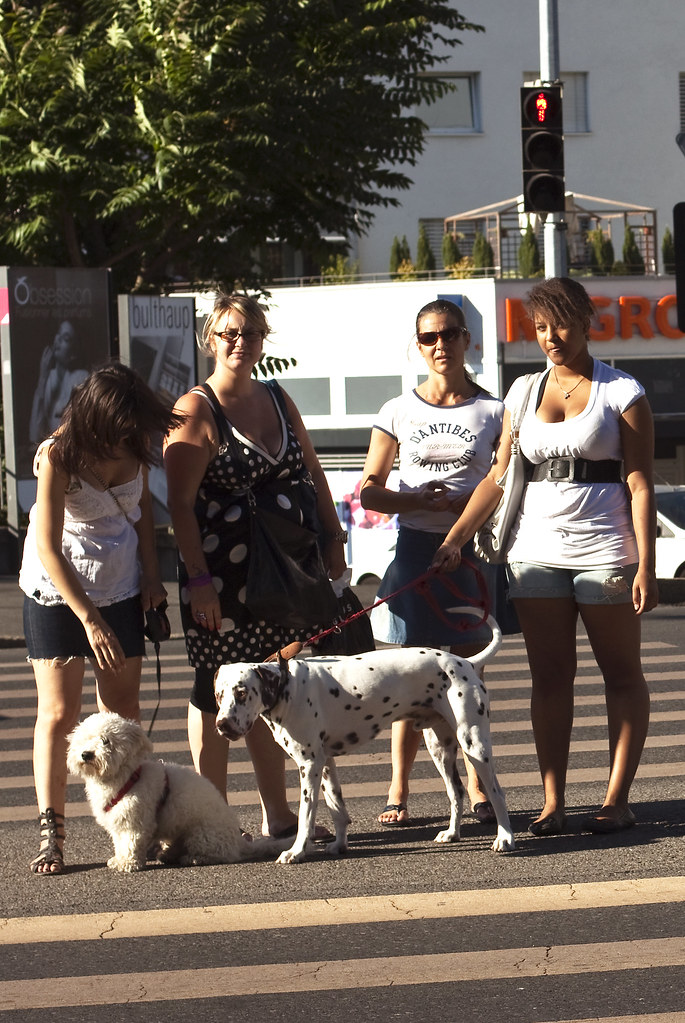
In this candid shot, the horizontal frame makes it more cinematic, probably because it involves people and being used to watch movies on a wide format screen. In the vertical frame I the group is standing at the bottom of the frame, probably to suit my sense of gravity. I'm not sure what I like best out of these two.
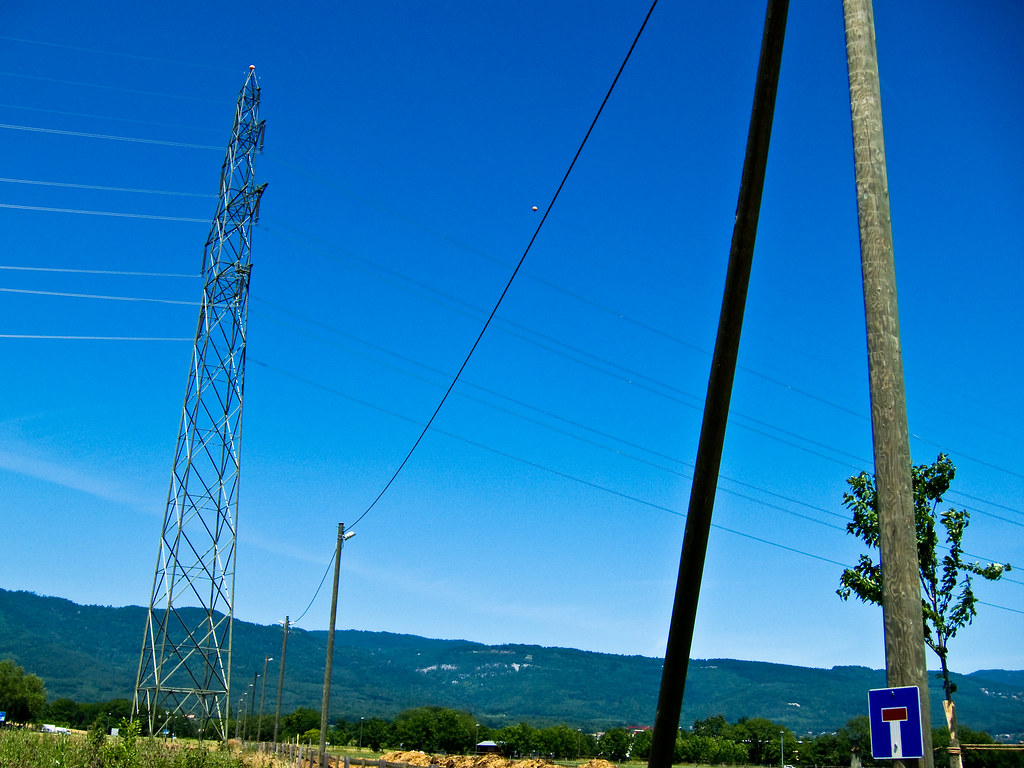
In this vertical shot the electric pole is more isolated from its surrounding. In the horizontal frame, the subject being so tall it forced me to include alot of the surroundings in context. I would have naturally shot this in portrait mode but the horizontal makes it more interesting,
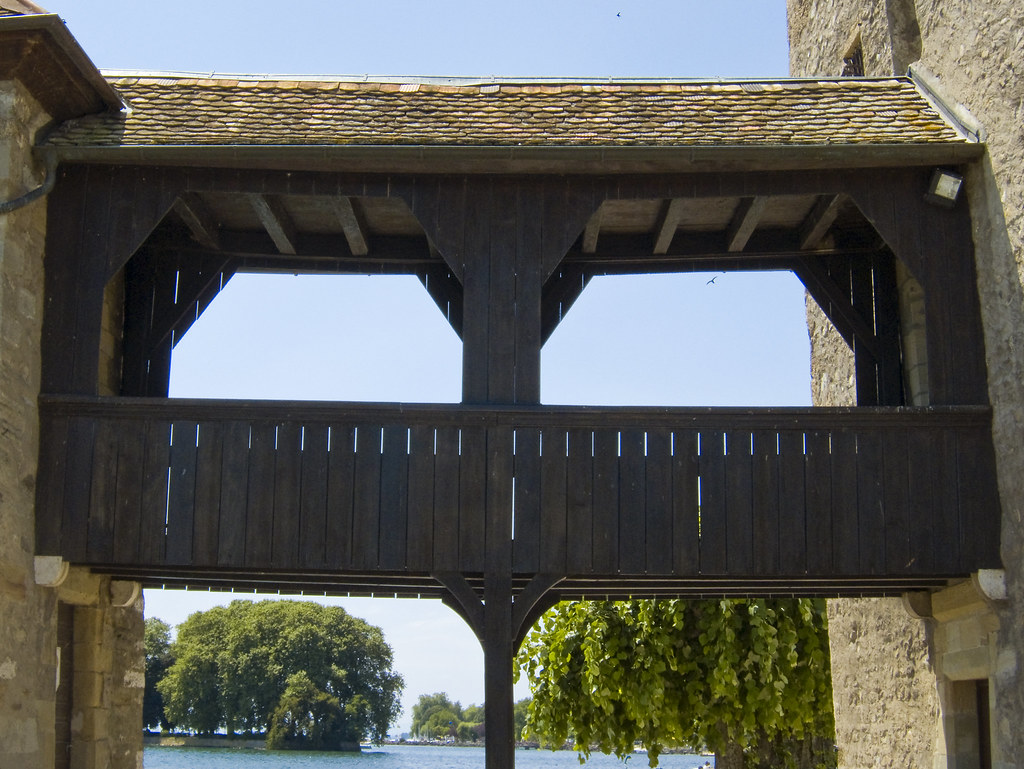
The bridge lost its scale in the horizontal frame. When shooting it vertically it makes it look much smaller. Again, I have put the bridge's support at the bottom of the frame to suit my sense of gravity.
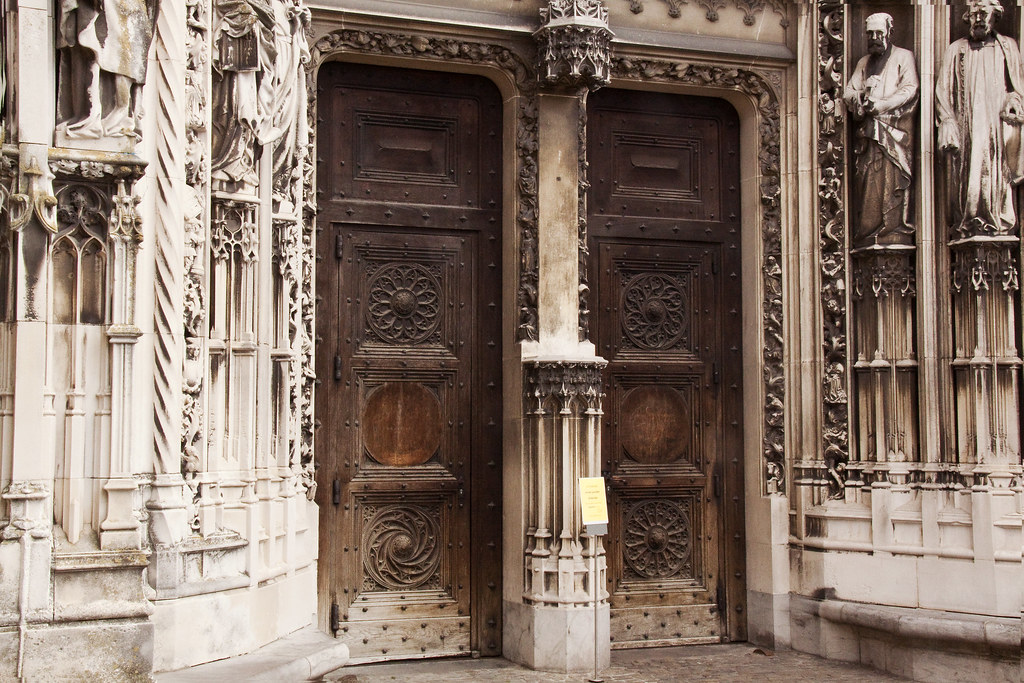
The vertical frame of the door would allow to isoalte it completely from its surroundings, the landscape mode would put it in context.
The vertical frame focuses the attention on the burnt bin, the horizontal frame makes the graffiti the center of attention.

I think the rainbow works out better in the vertical frame, it could be due to the way the scene has been composed with almost a diagonal across the image.
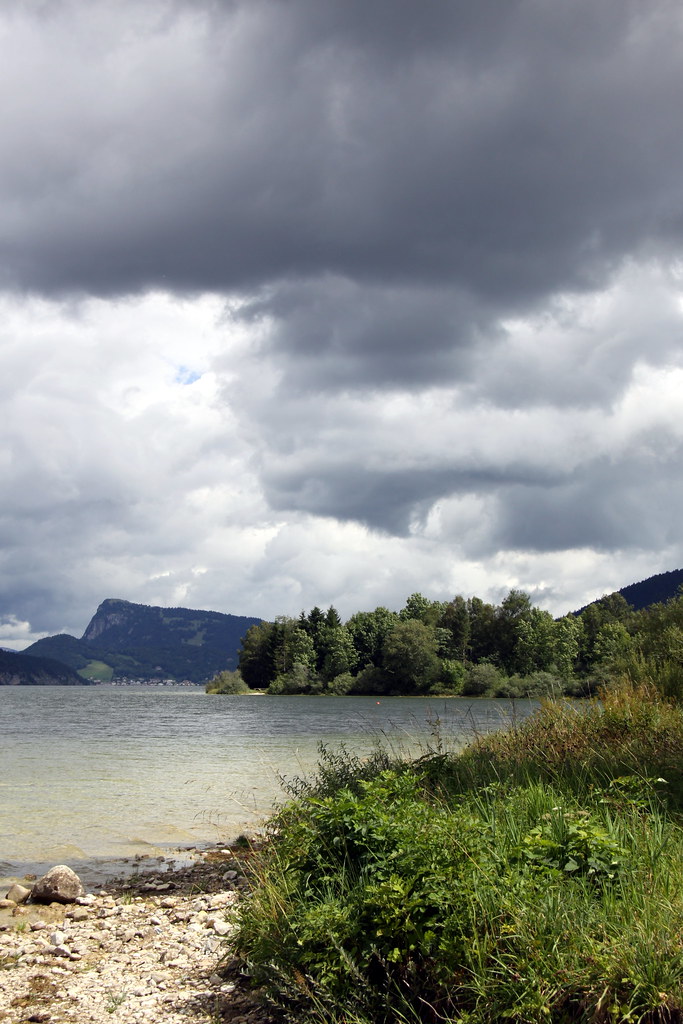
In this landscape, both frames work out well. Being "forced" to shoot it in a vertical frame gave it a fresh look. It looks like a magazine cover format and again it shows shooting horizontally is a matter of habit. I have a preference for the vertical frame.
The same can be said here. The horizontal frame is dull but the vertical one includes more of the sky while still making the swans the main subject.
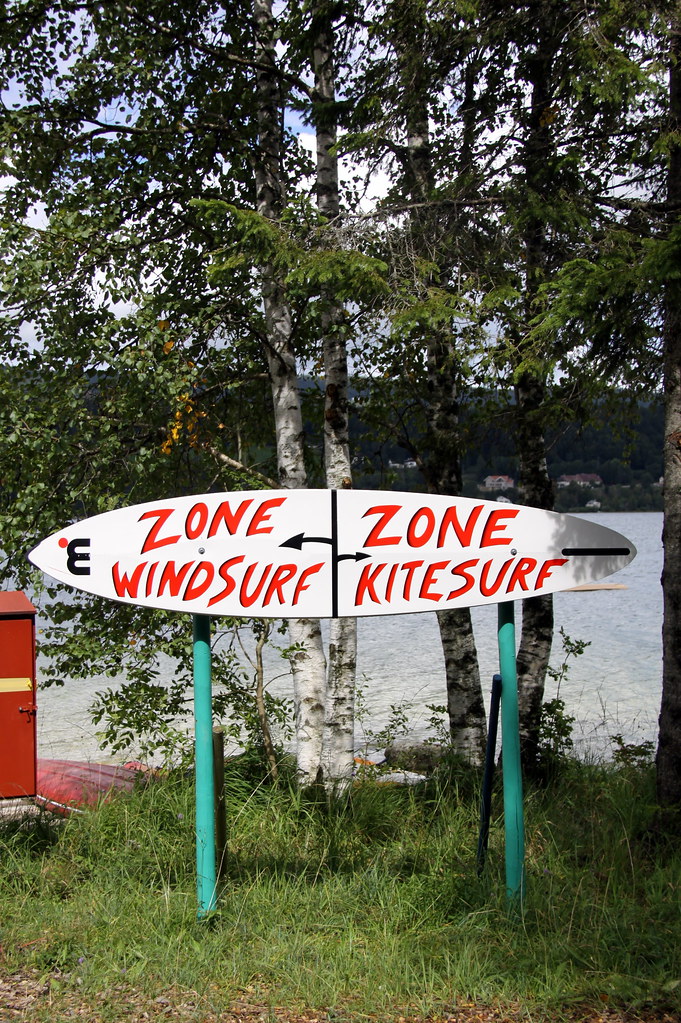
The landscape format works better for me here. it is probably due to the board being more wide than high.
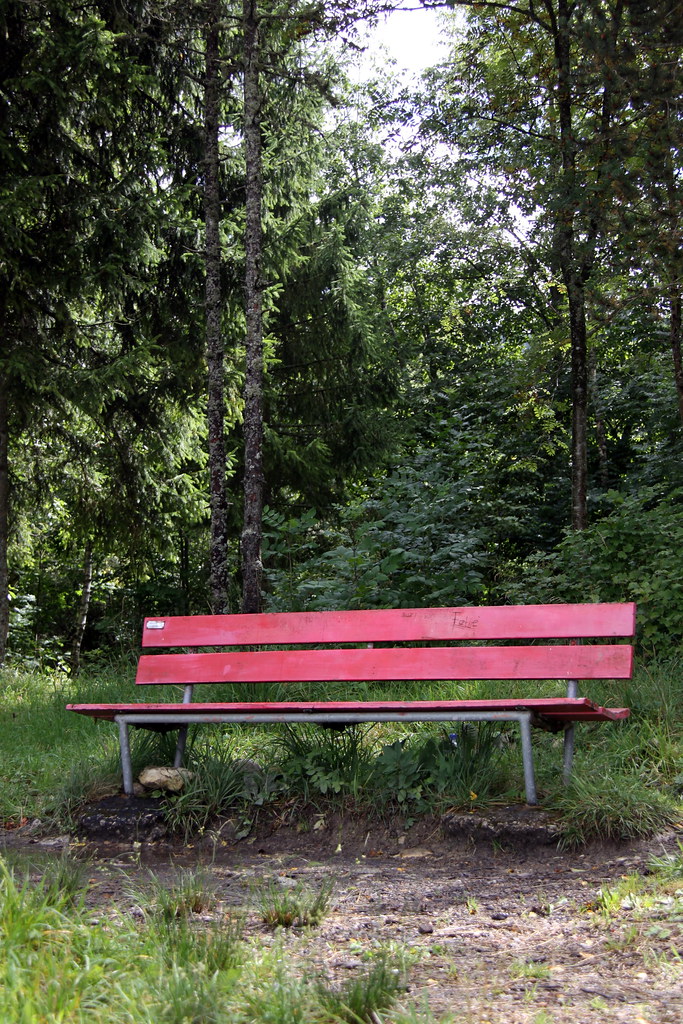
Shooting this bench vertically gives it more appeal, in this case it was a good thing to break the habit of shooting in landscape mode.
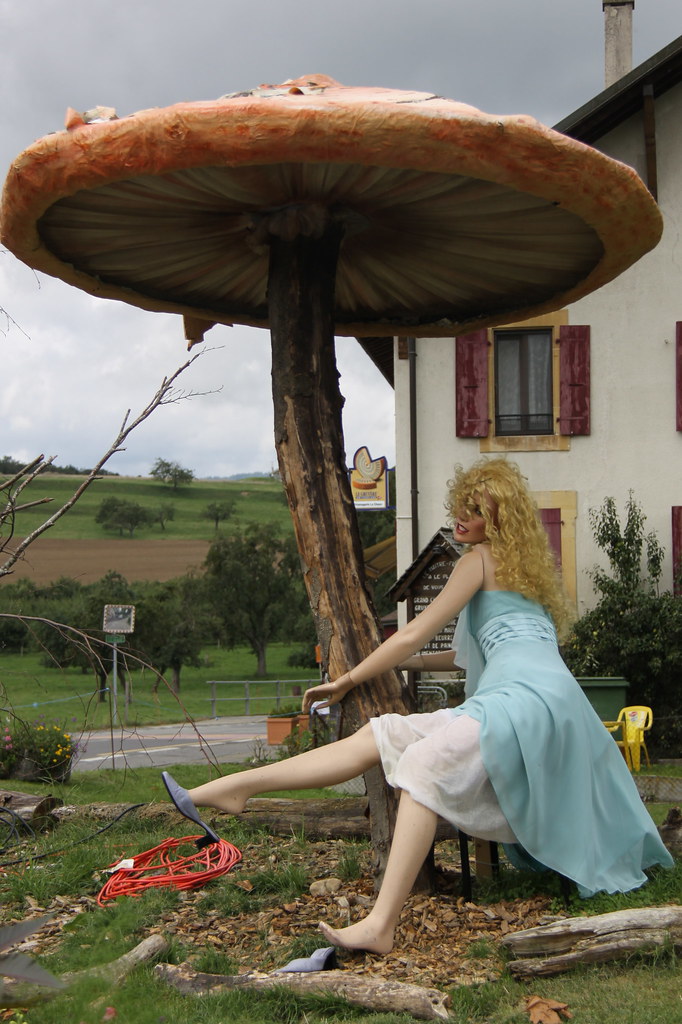
I think landscape mode would have worked better if the subject was placed closer to the right end of the frame. But shot as it is, the vertical frame works out better for me. The main subject is has been placed naturally at the bottom of the frame.
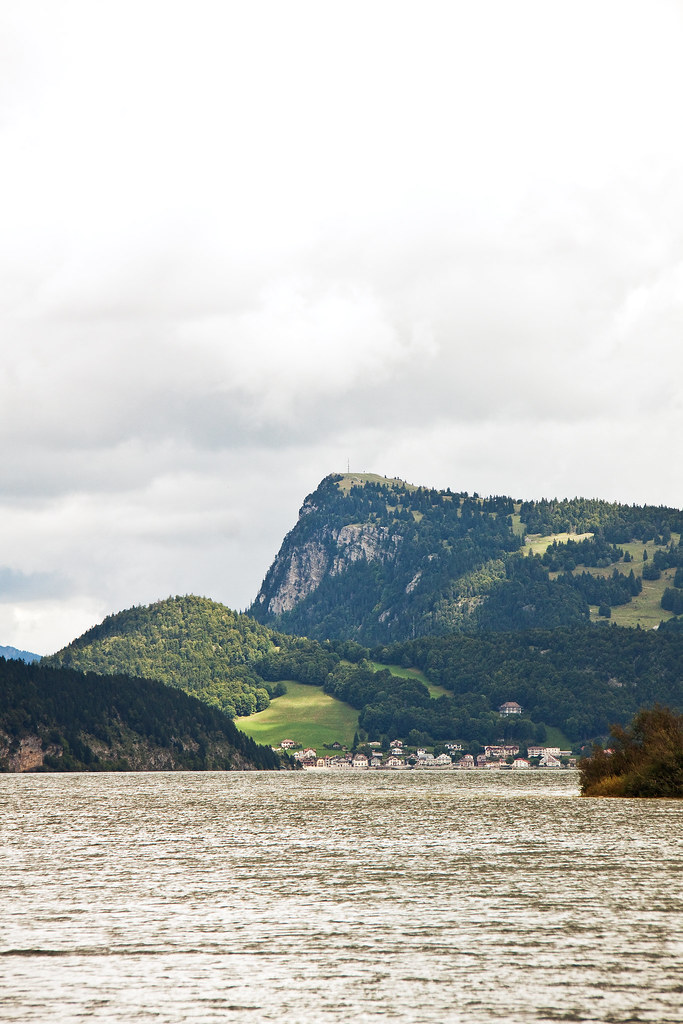
The horizontal frame makes it look more like a postcard and the vertical one as a magazine cover. I like the vertical frame more as it is more uncommon.
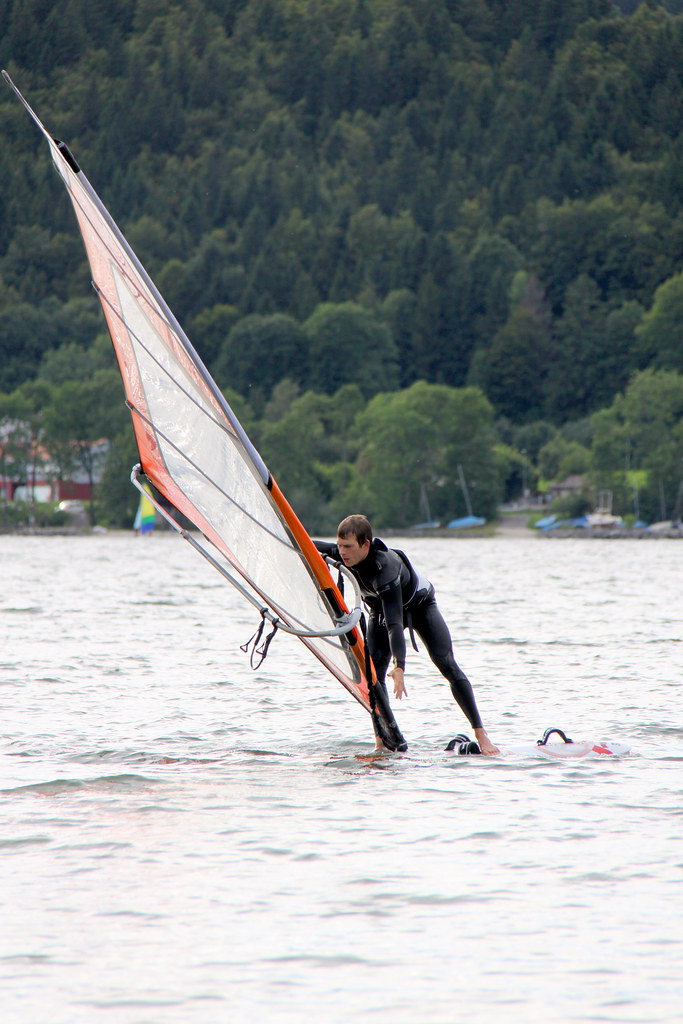
I think both vertical and horizontal frame could work well with windsurfing depending on the action. Lanscape mode includes more of the background and the vertical frame focuses on the windsurfer and sail.
In vertical mode, the structure of the bridge has been placed at the bottom of the frame. This is another habit that goes with shooting vertically in my case.
The horizontal frame gives a sense of scale to the statue. While the statue would fill more naturally a vertical frame it works out best in landscape mode.
